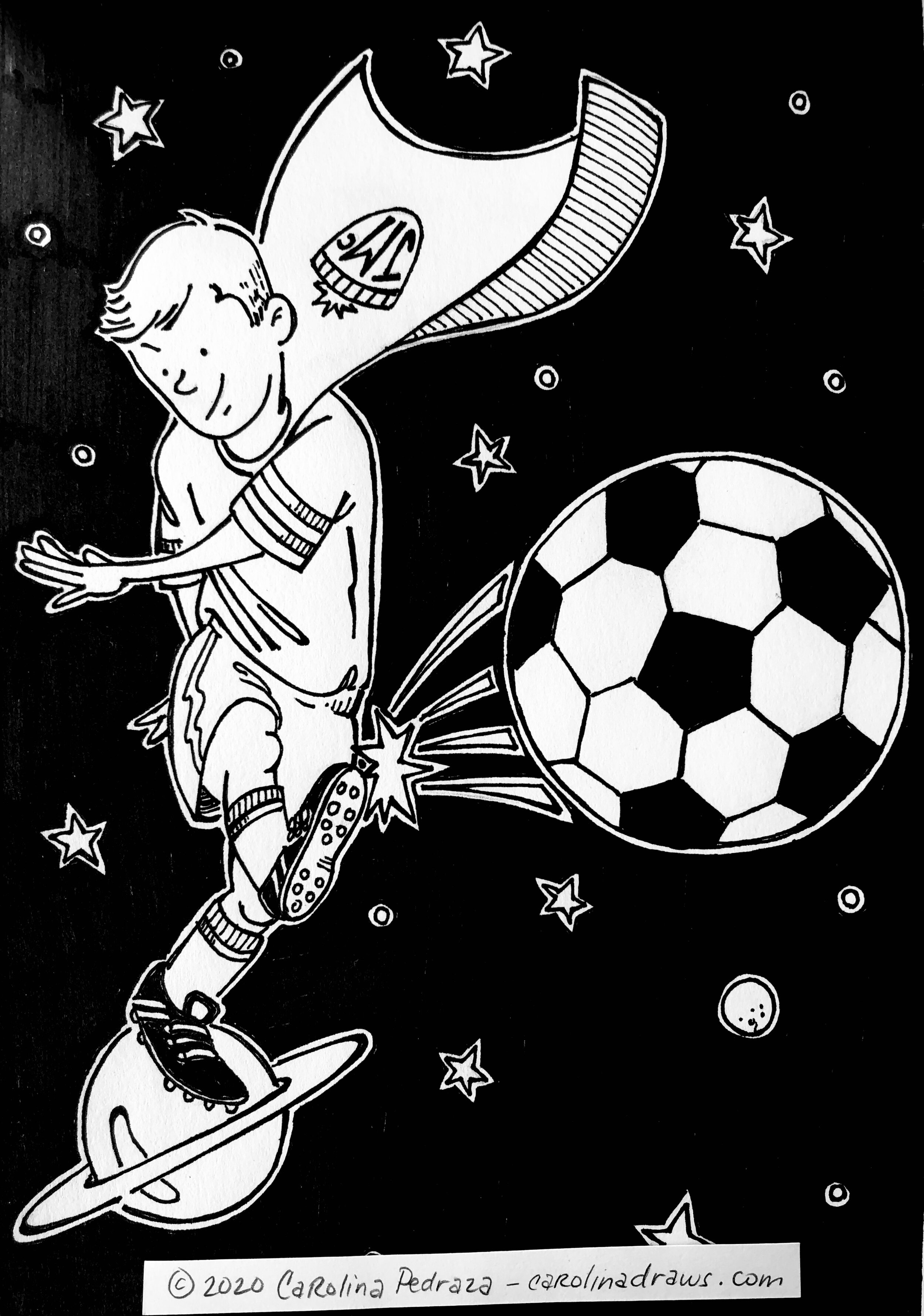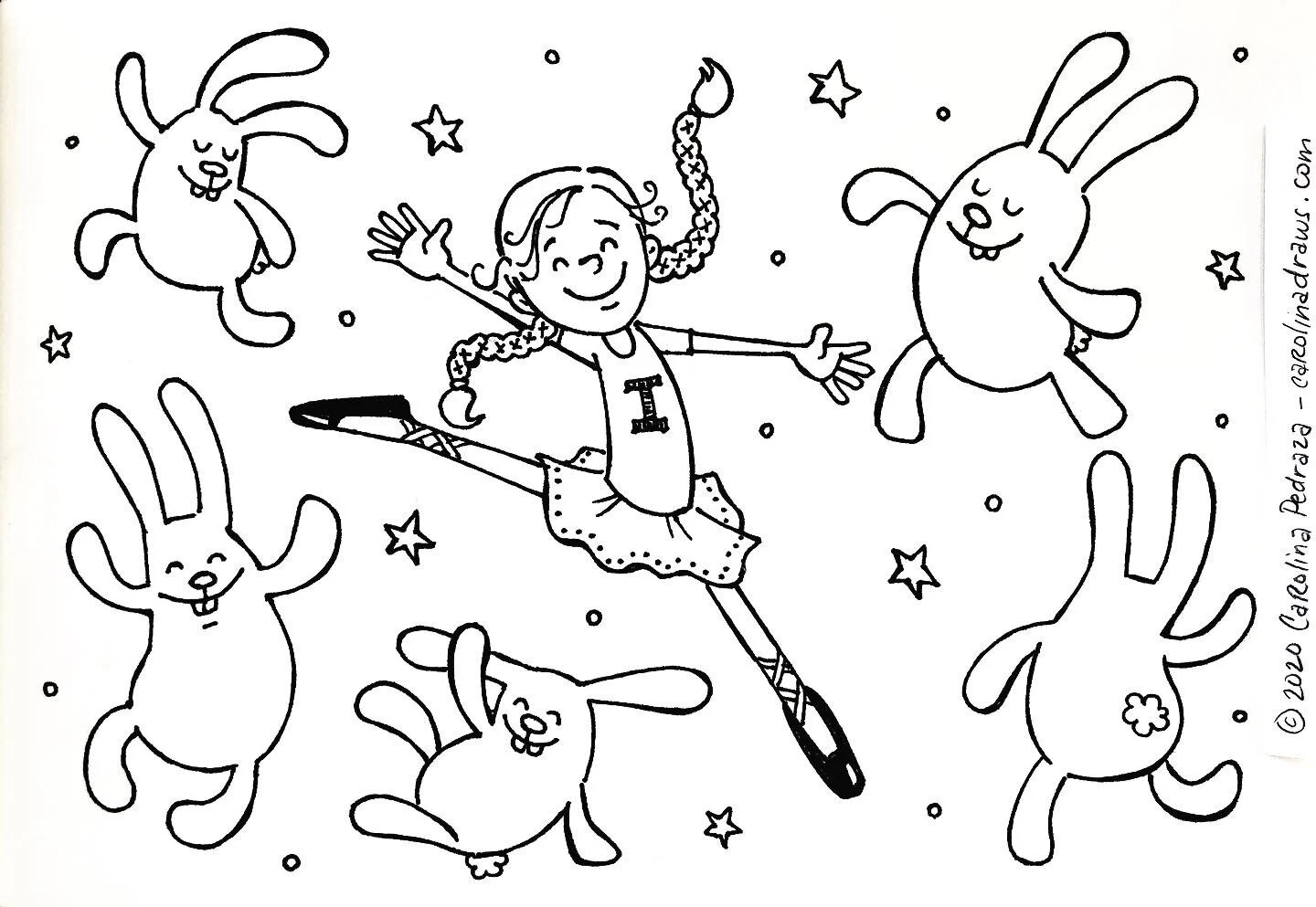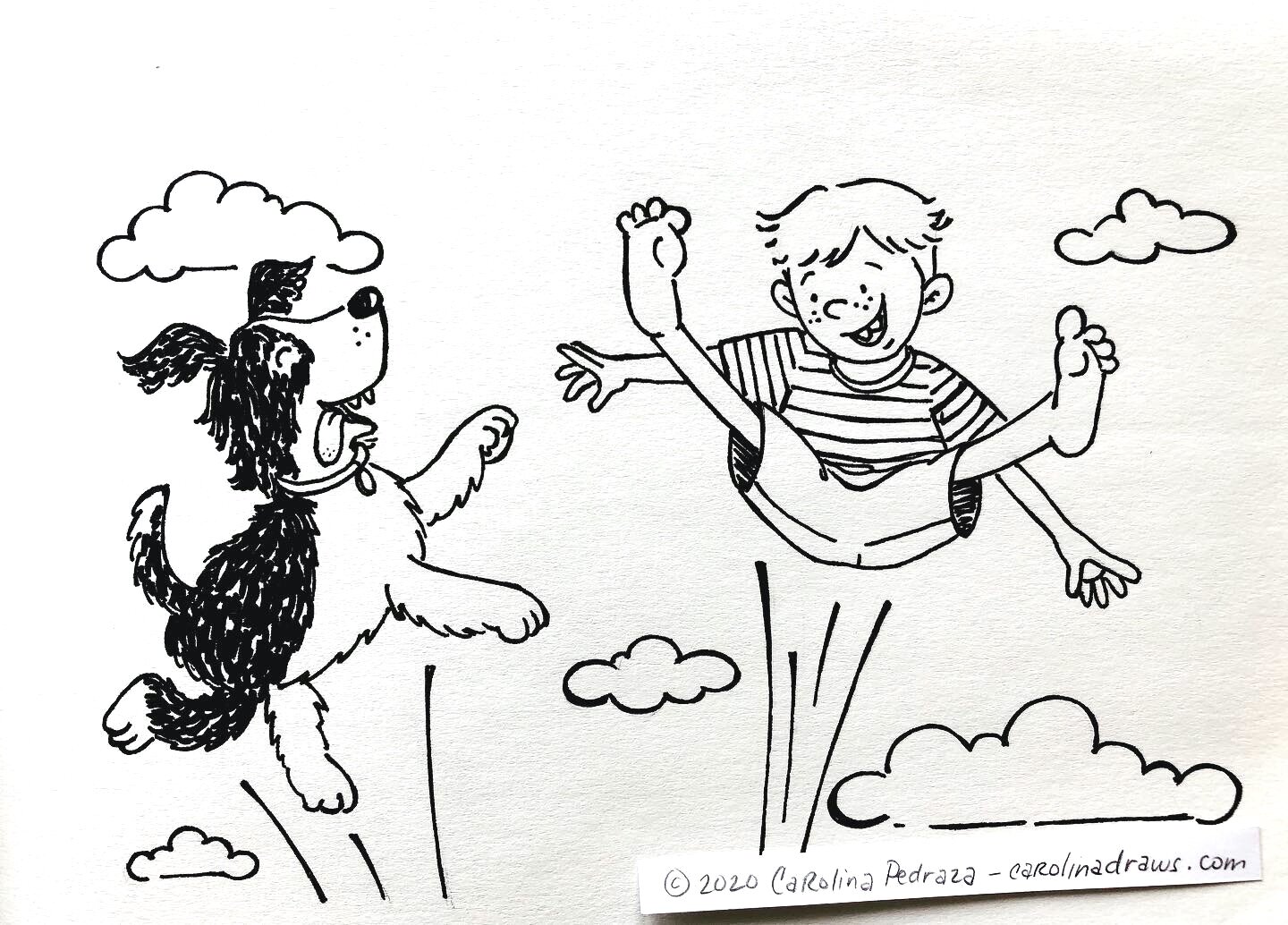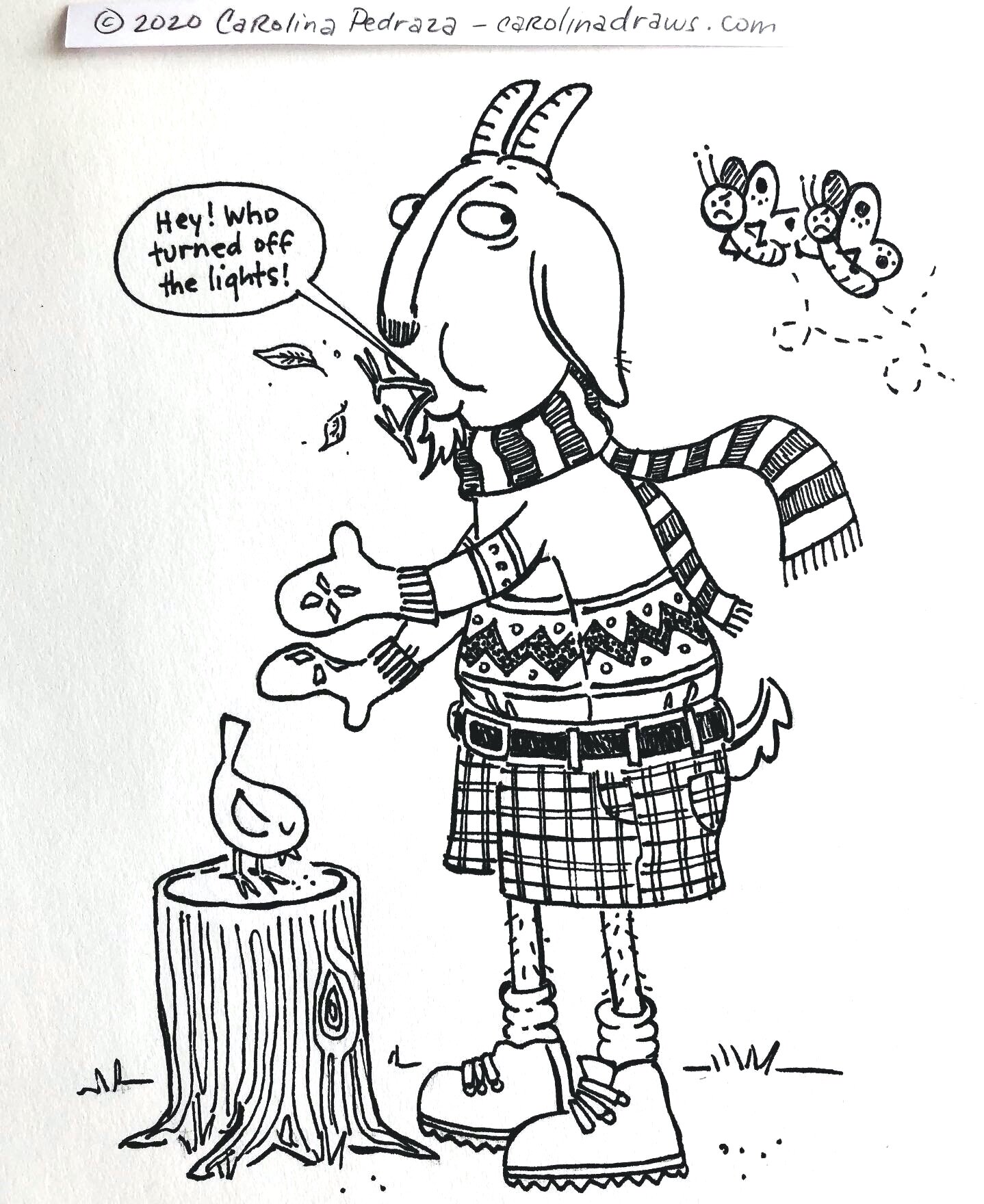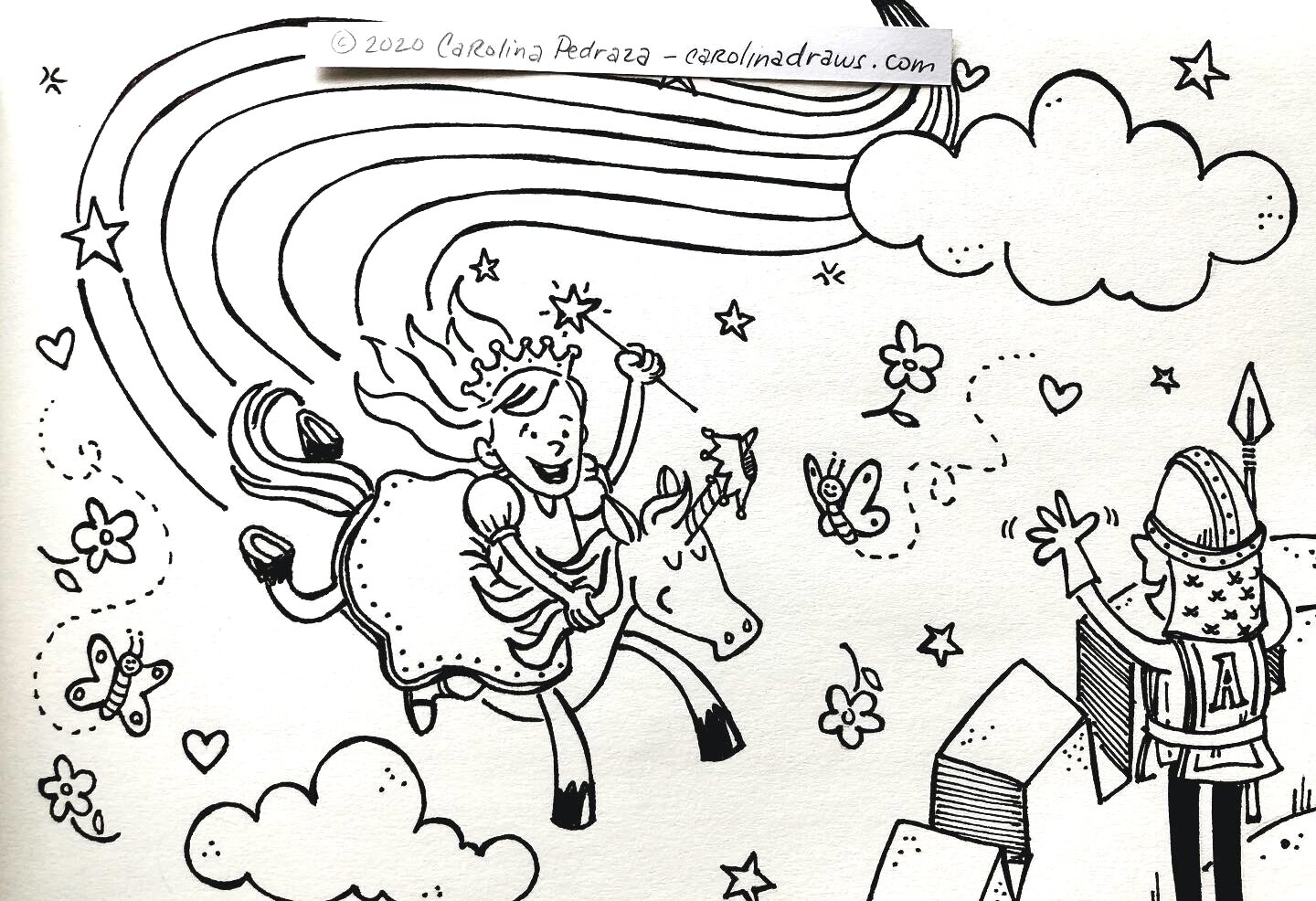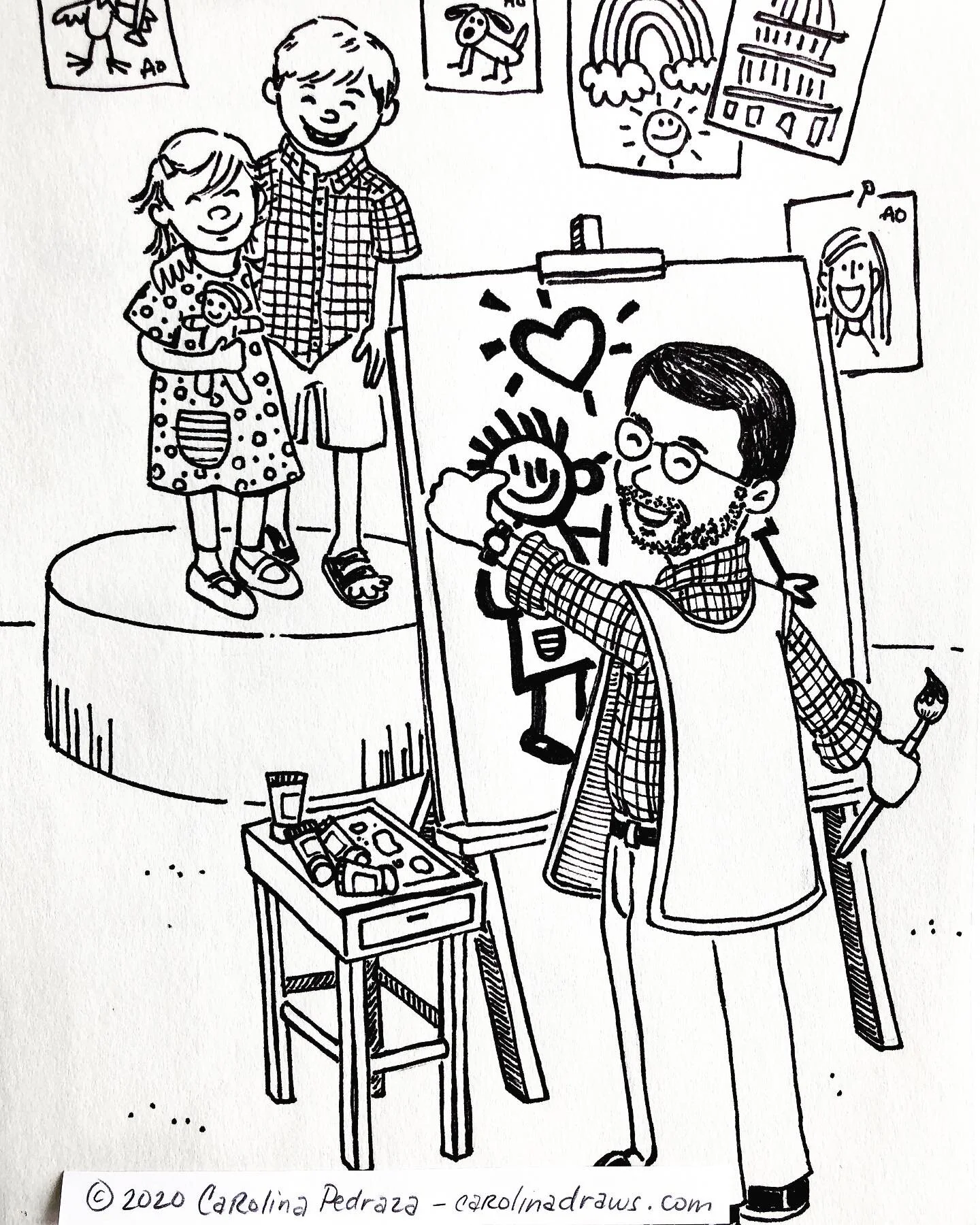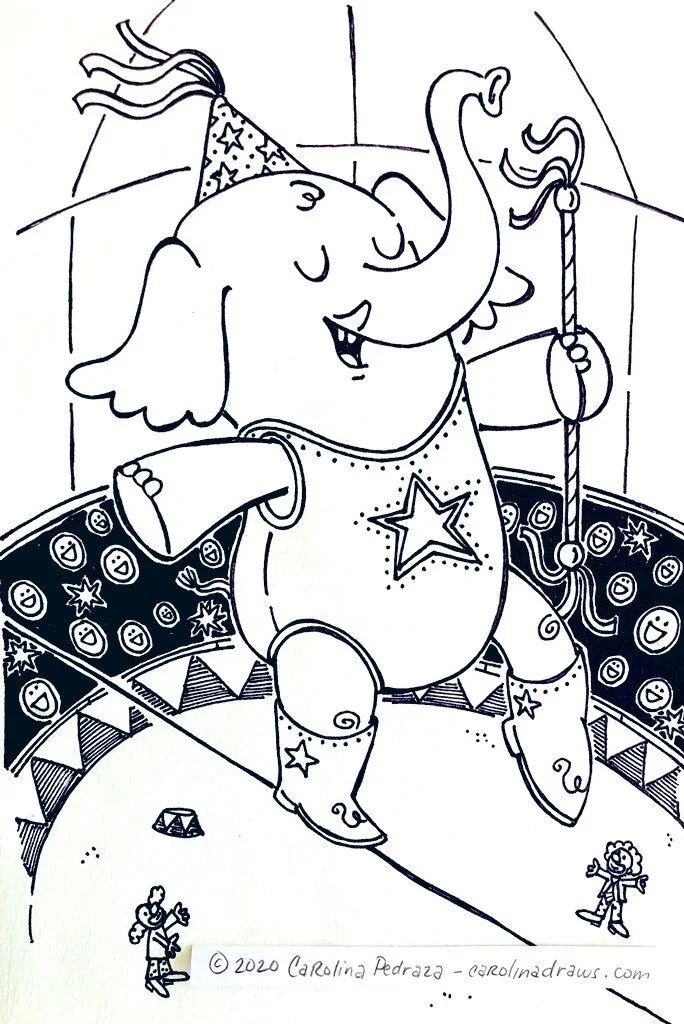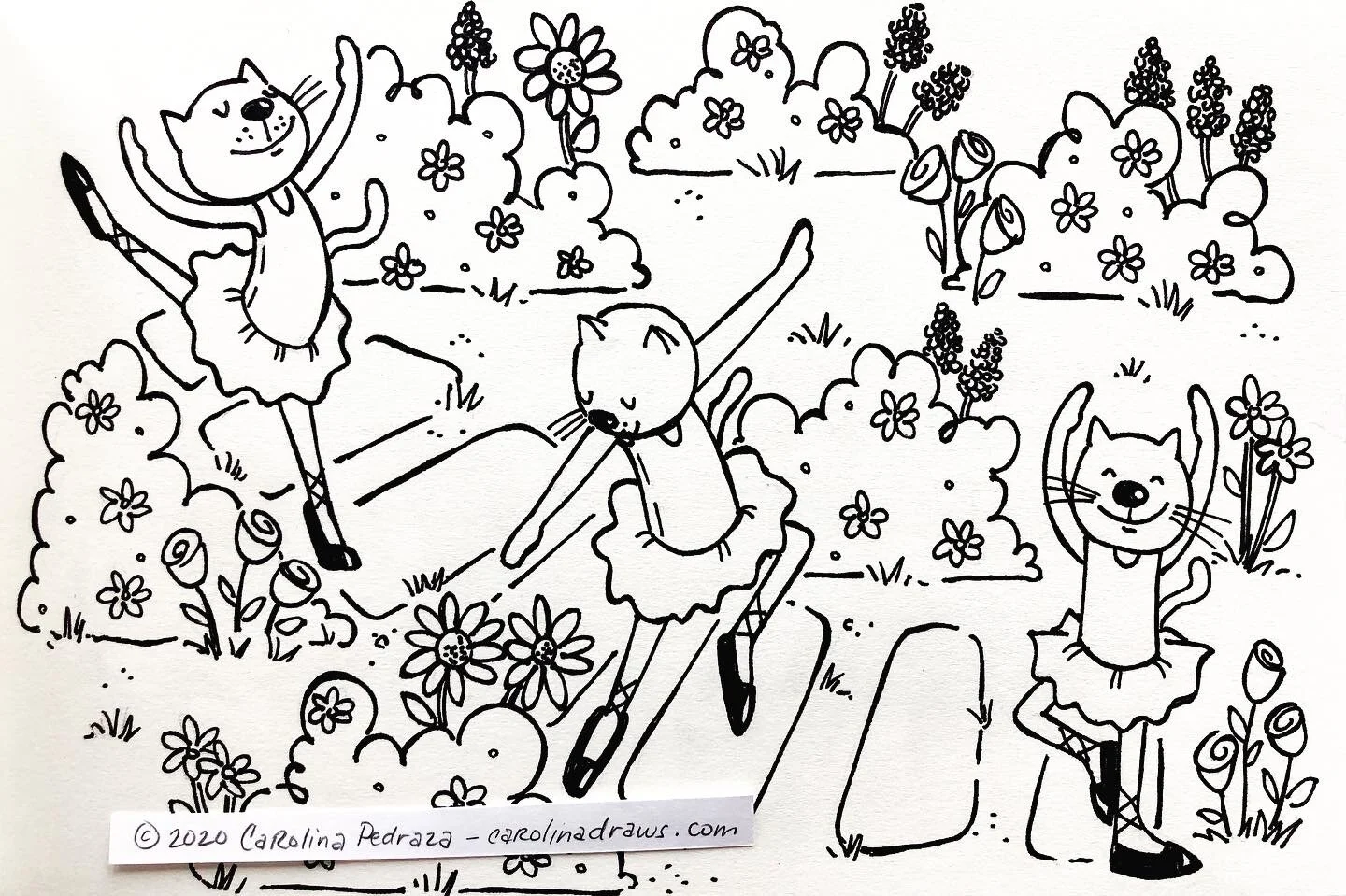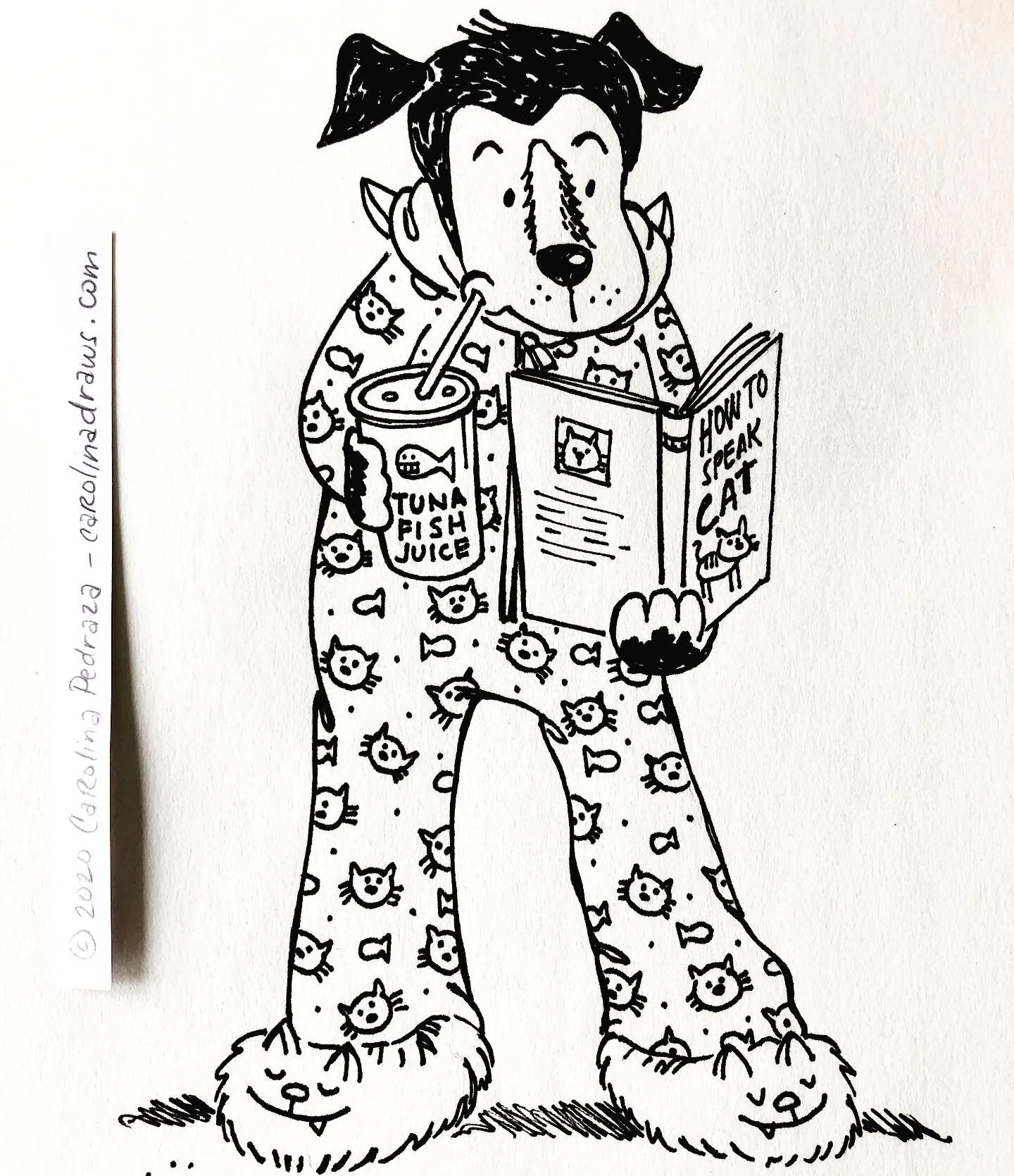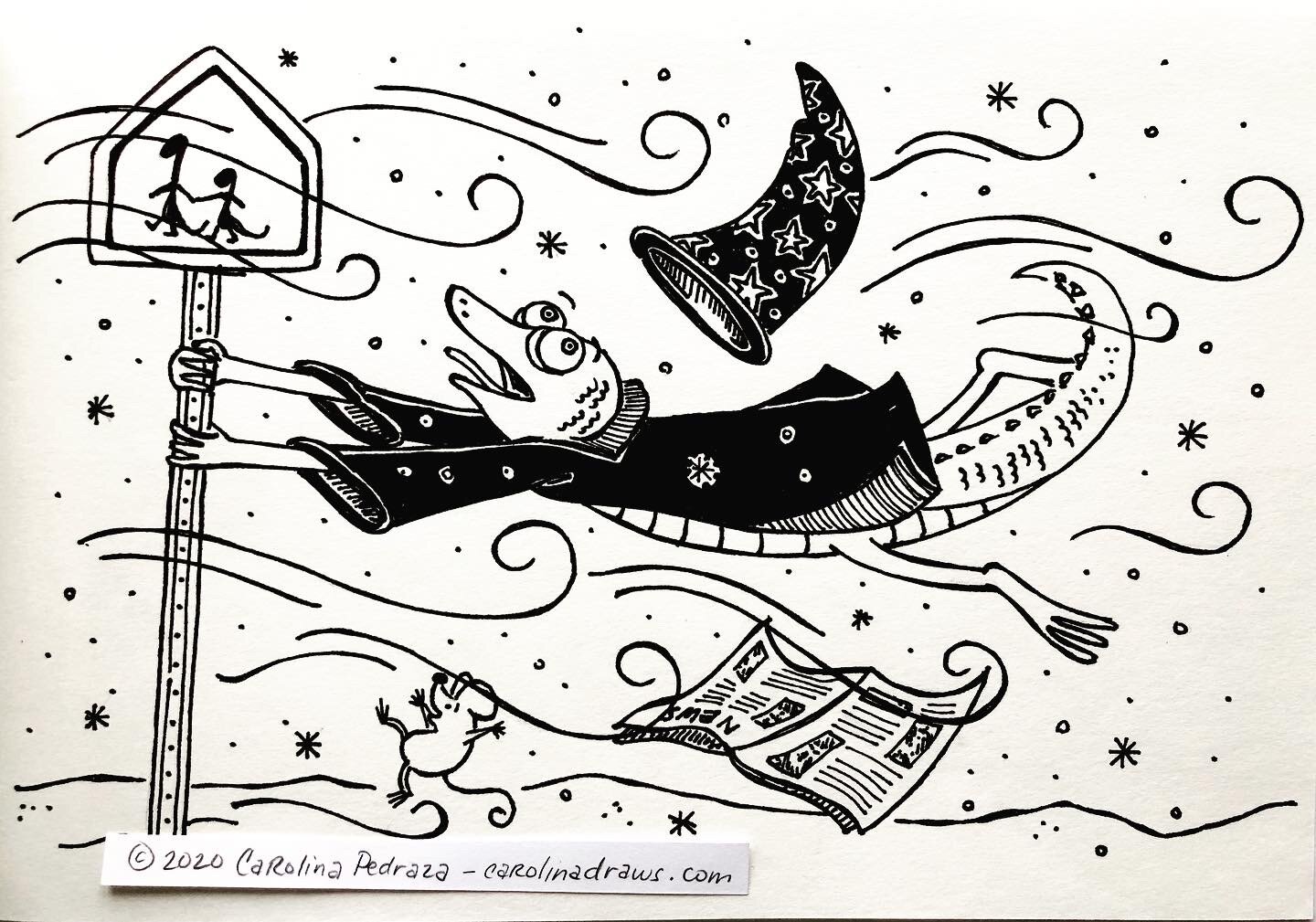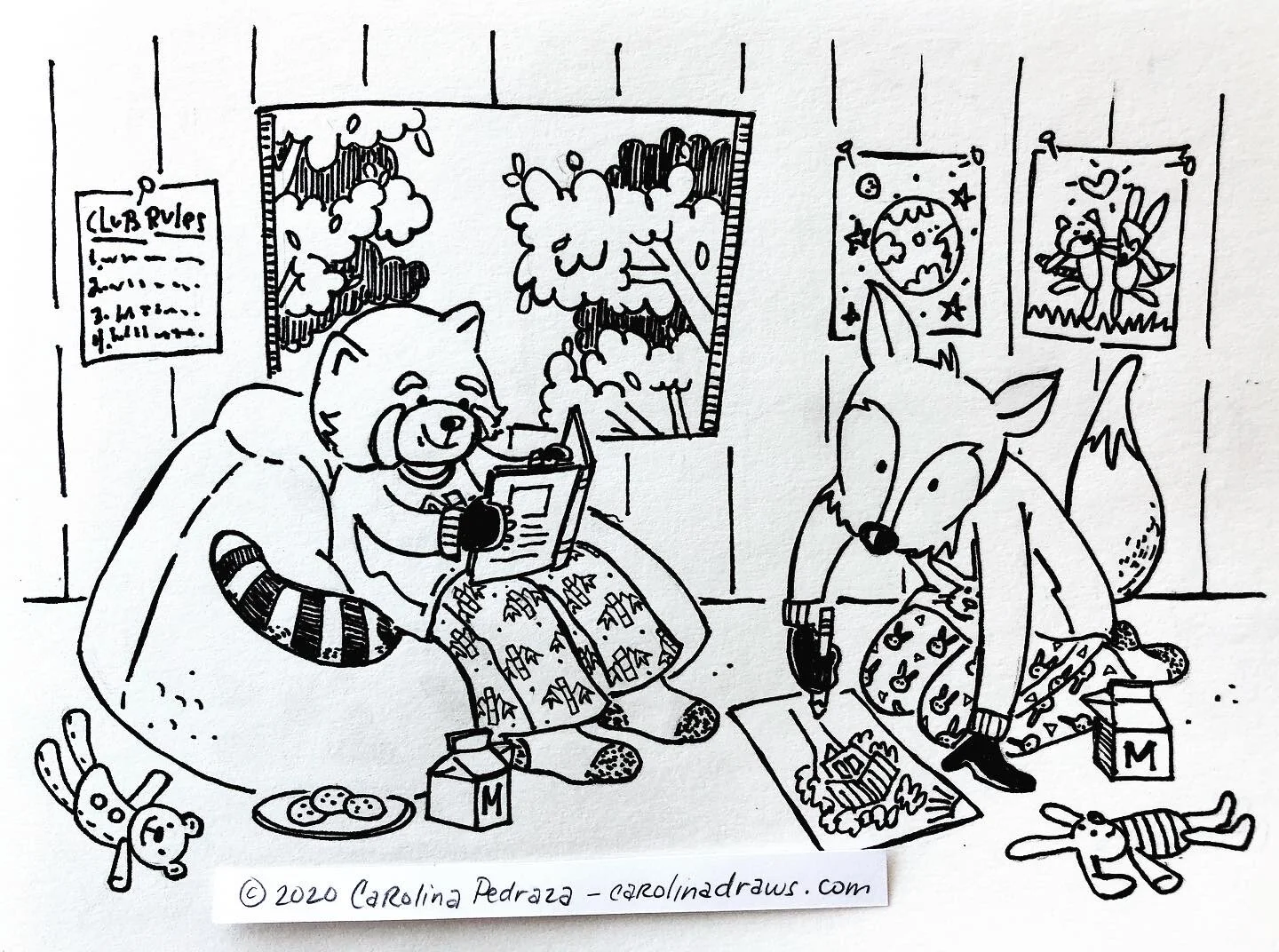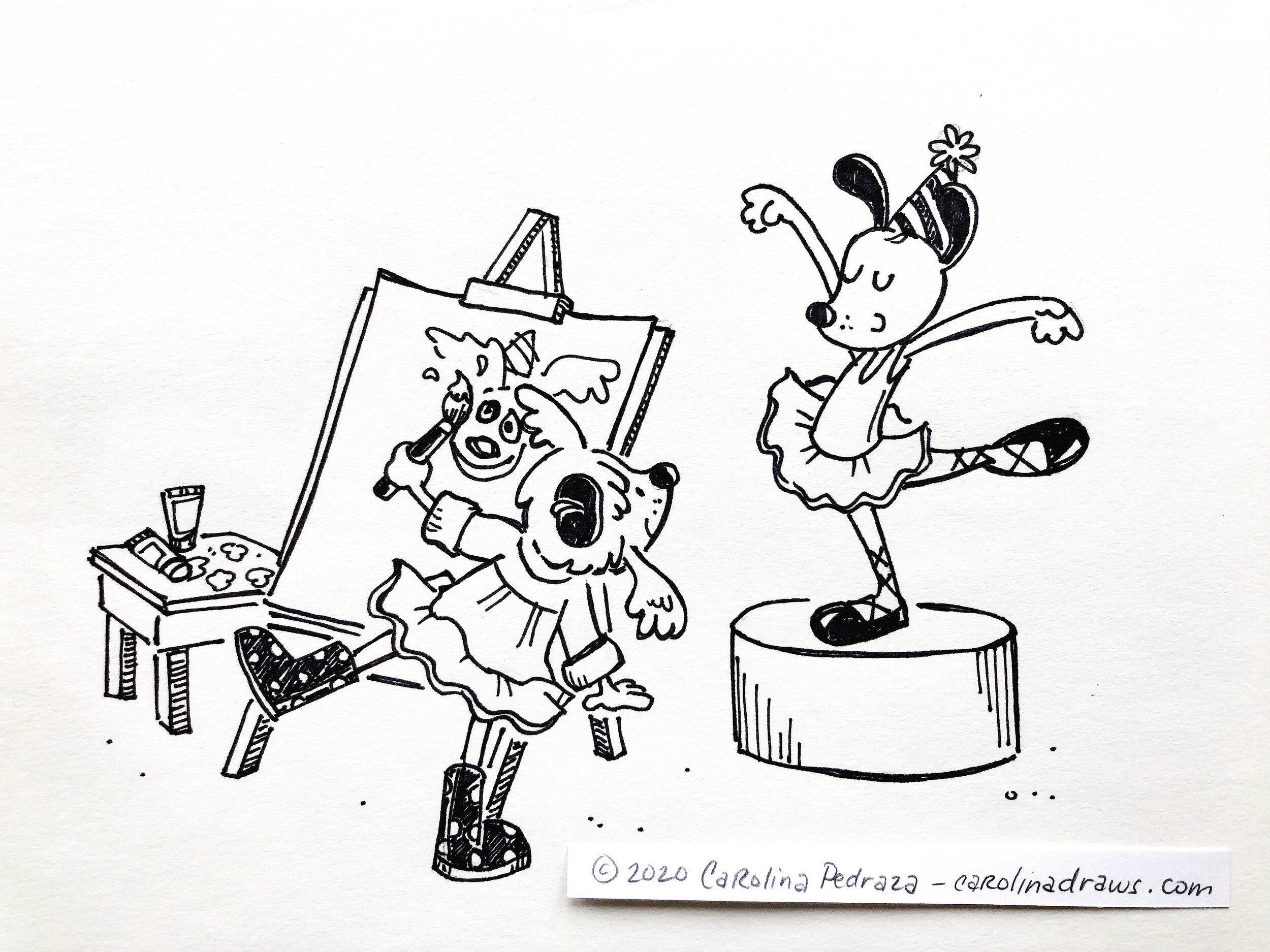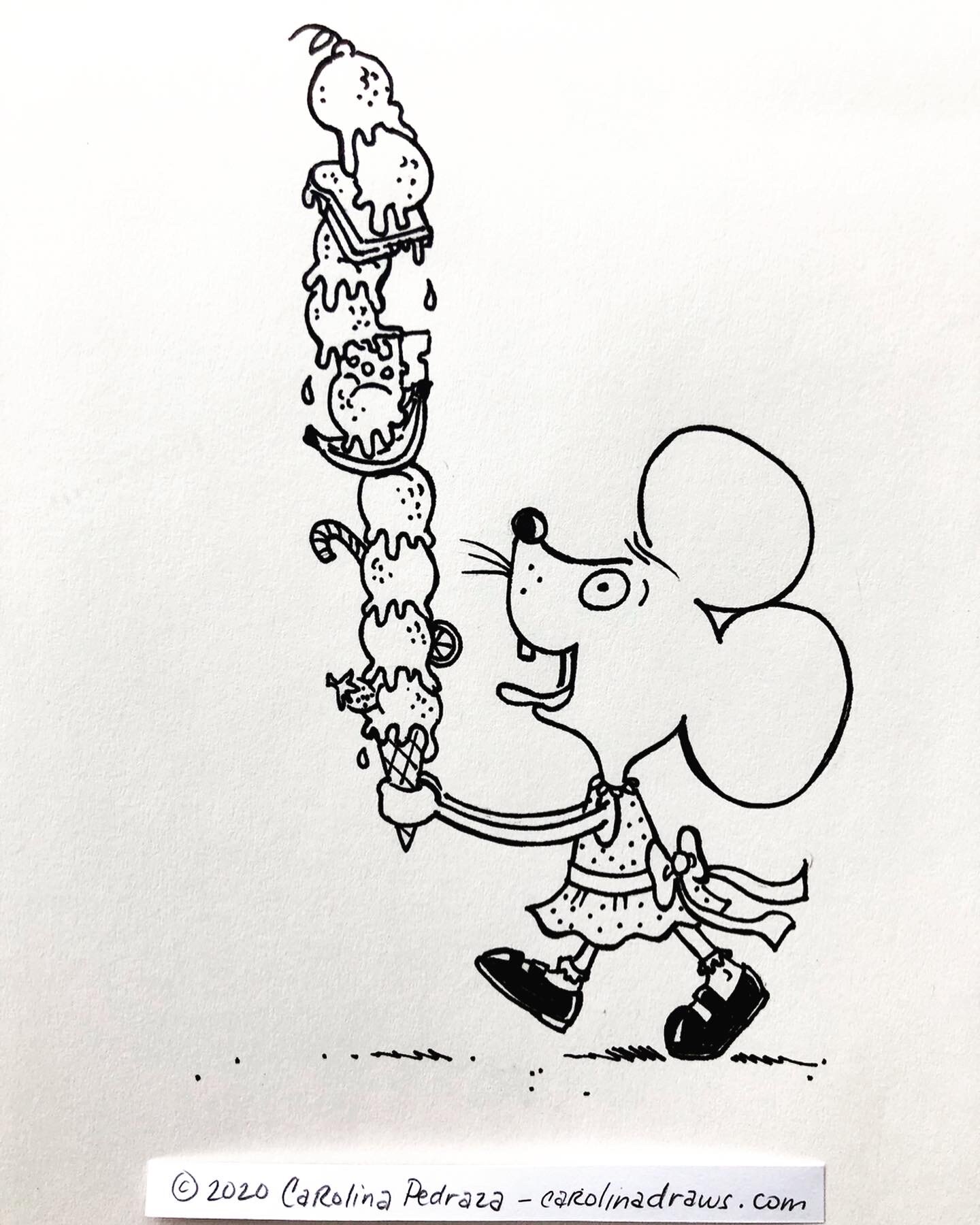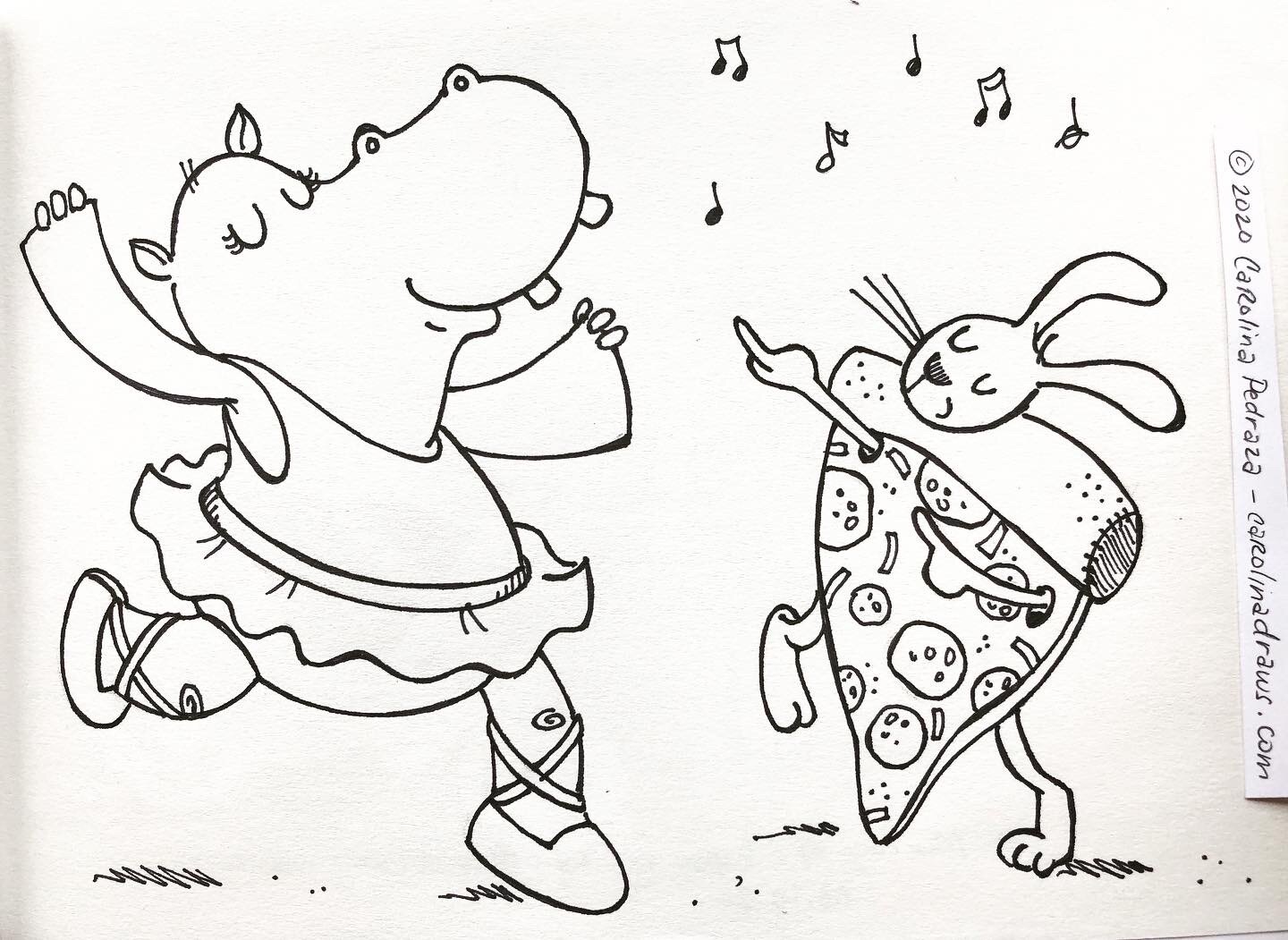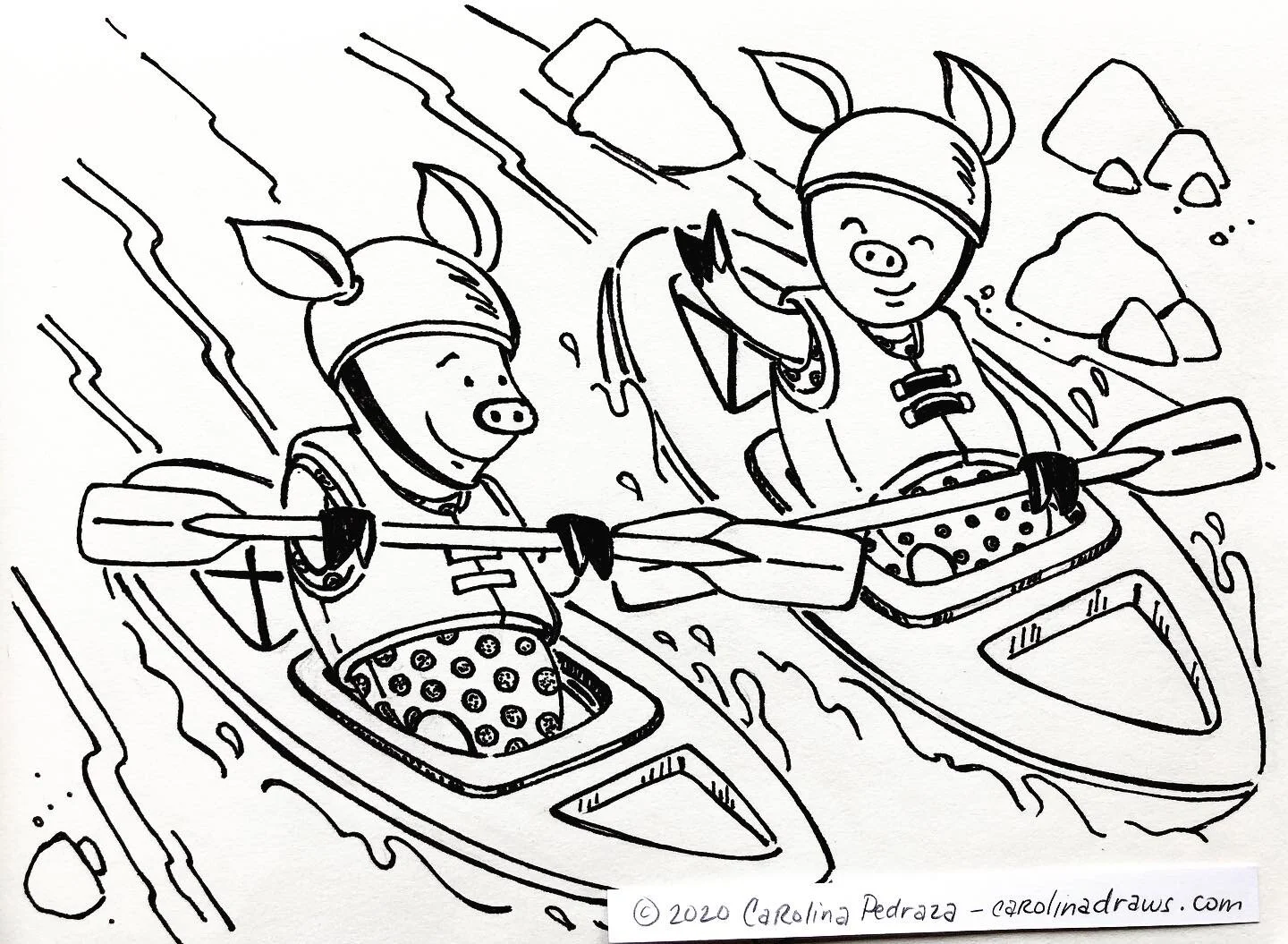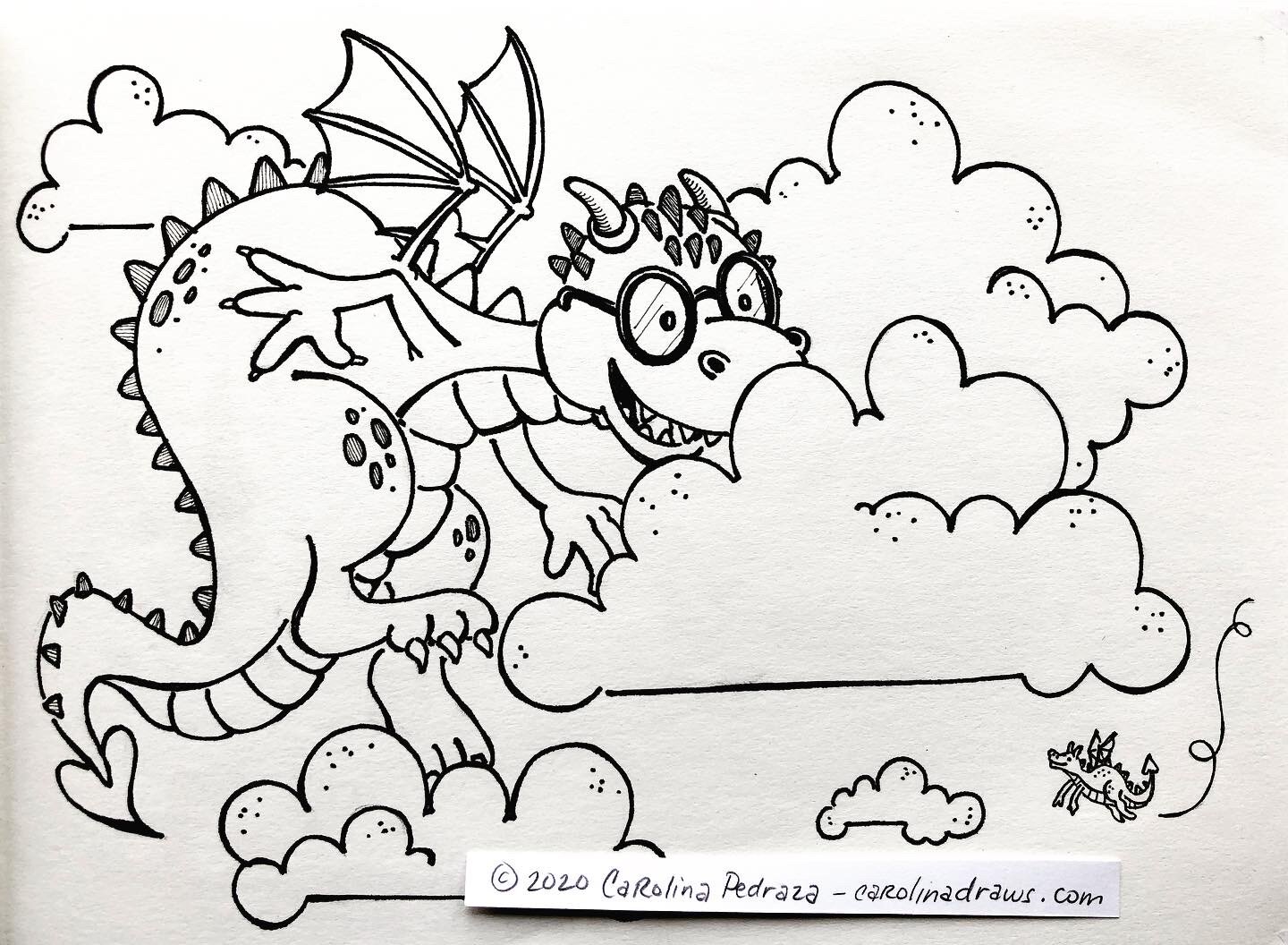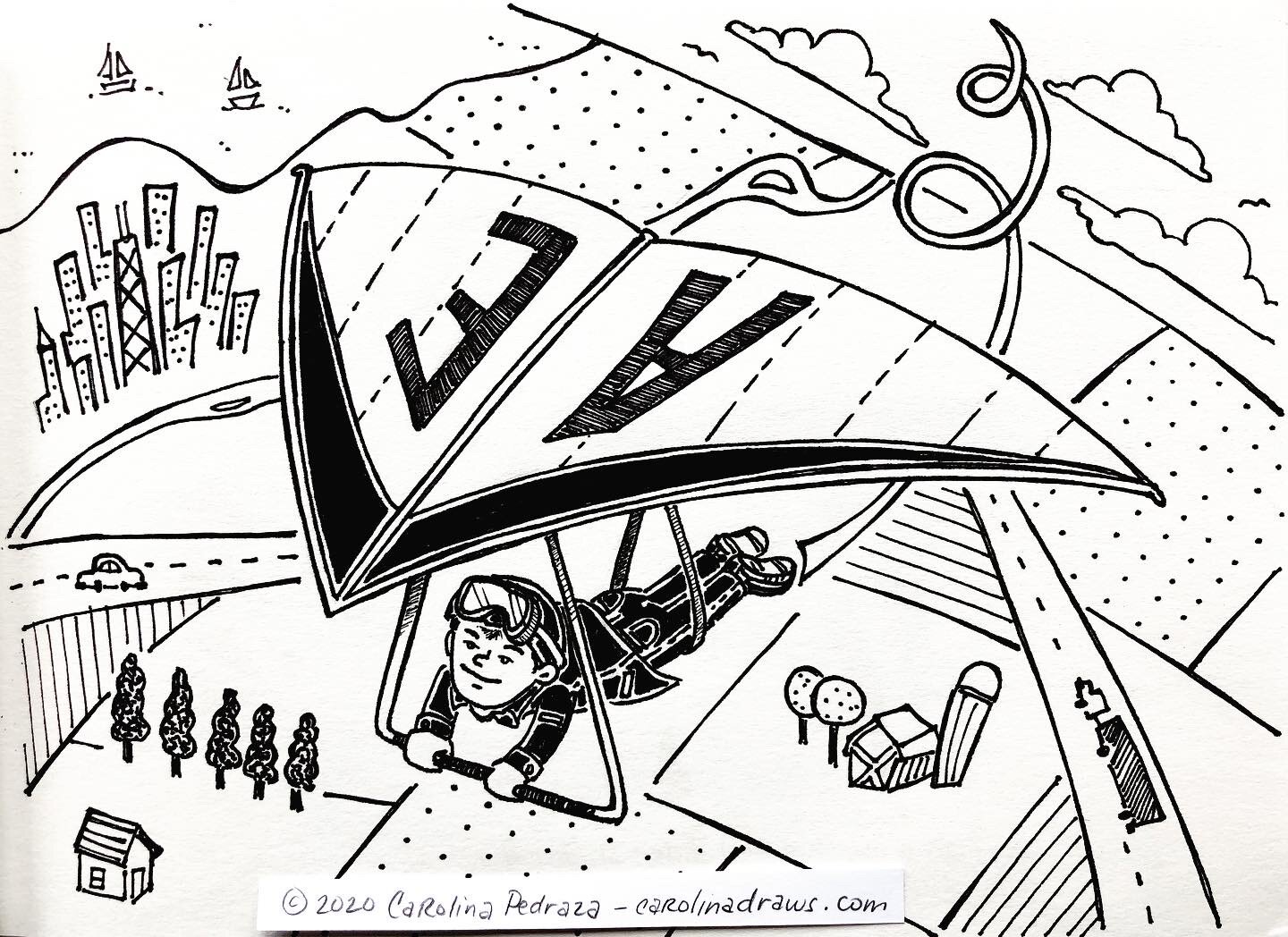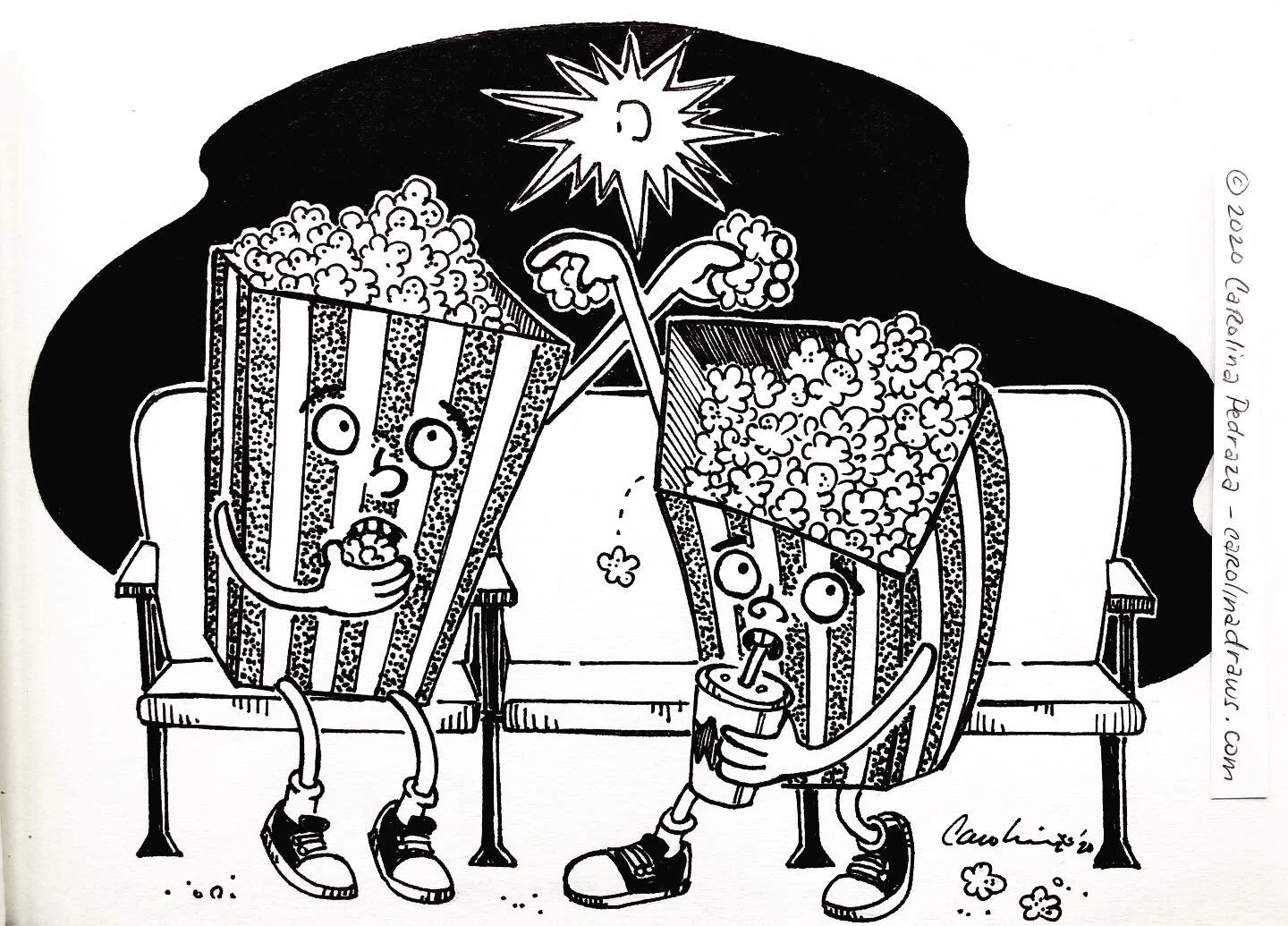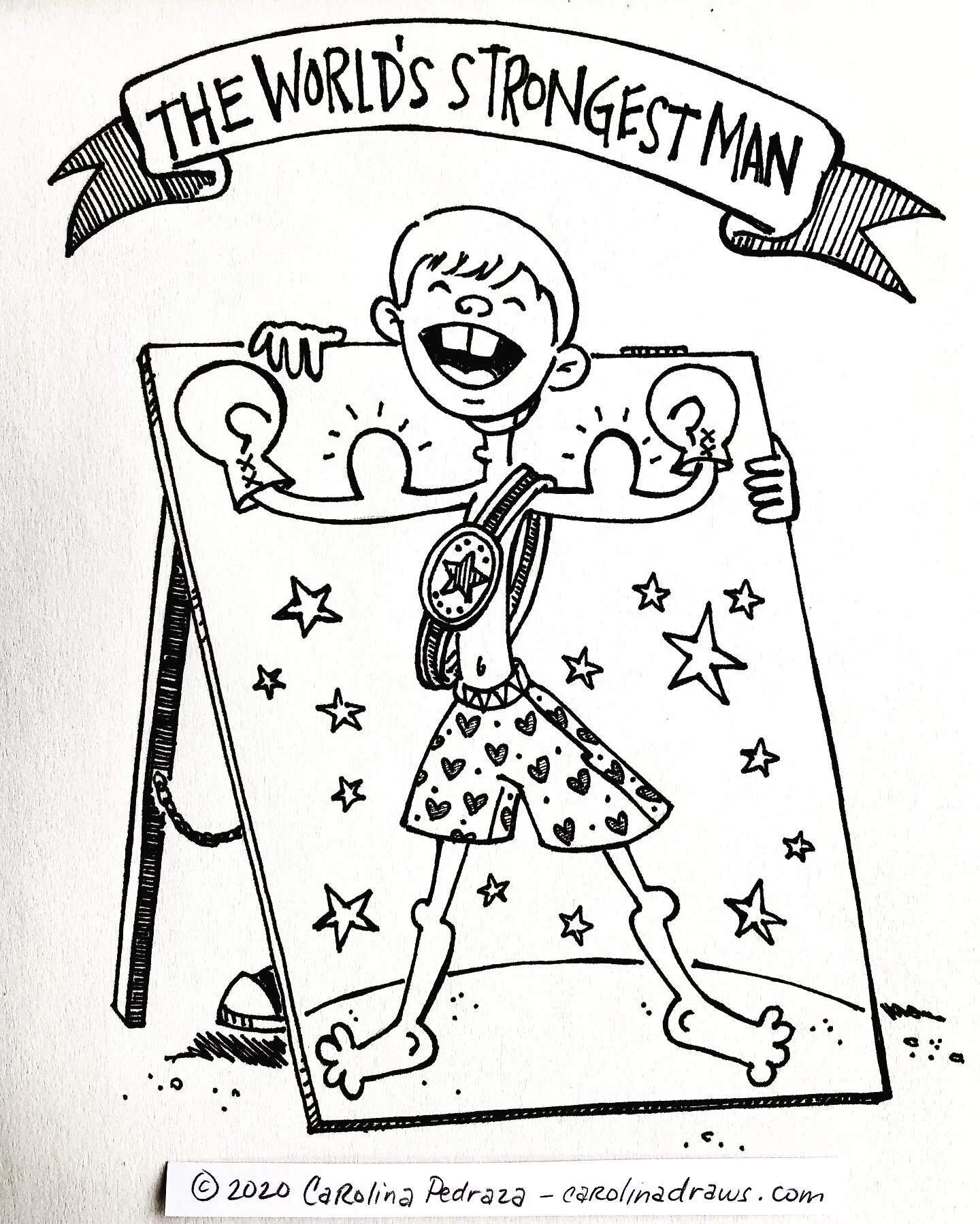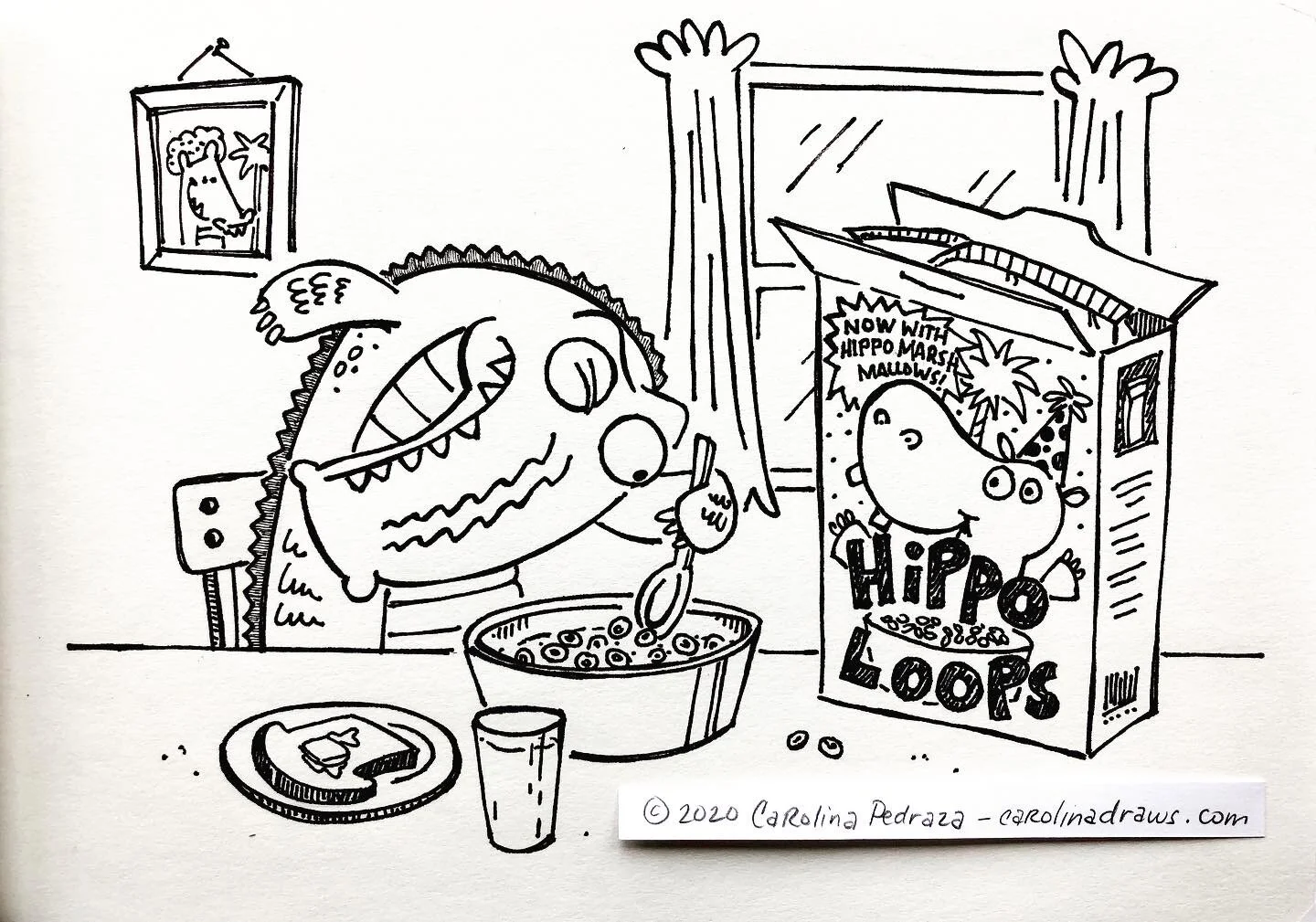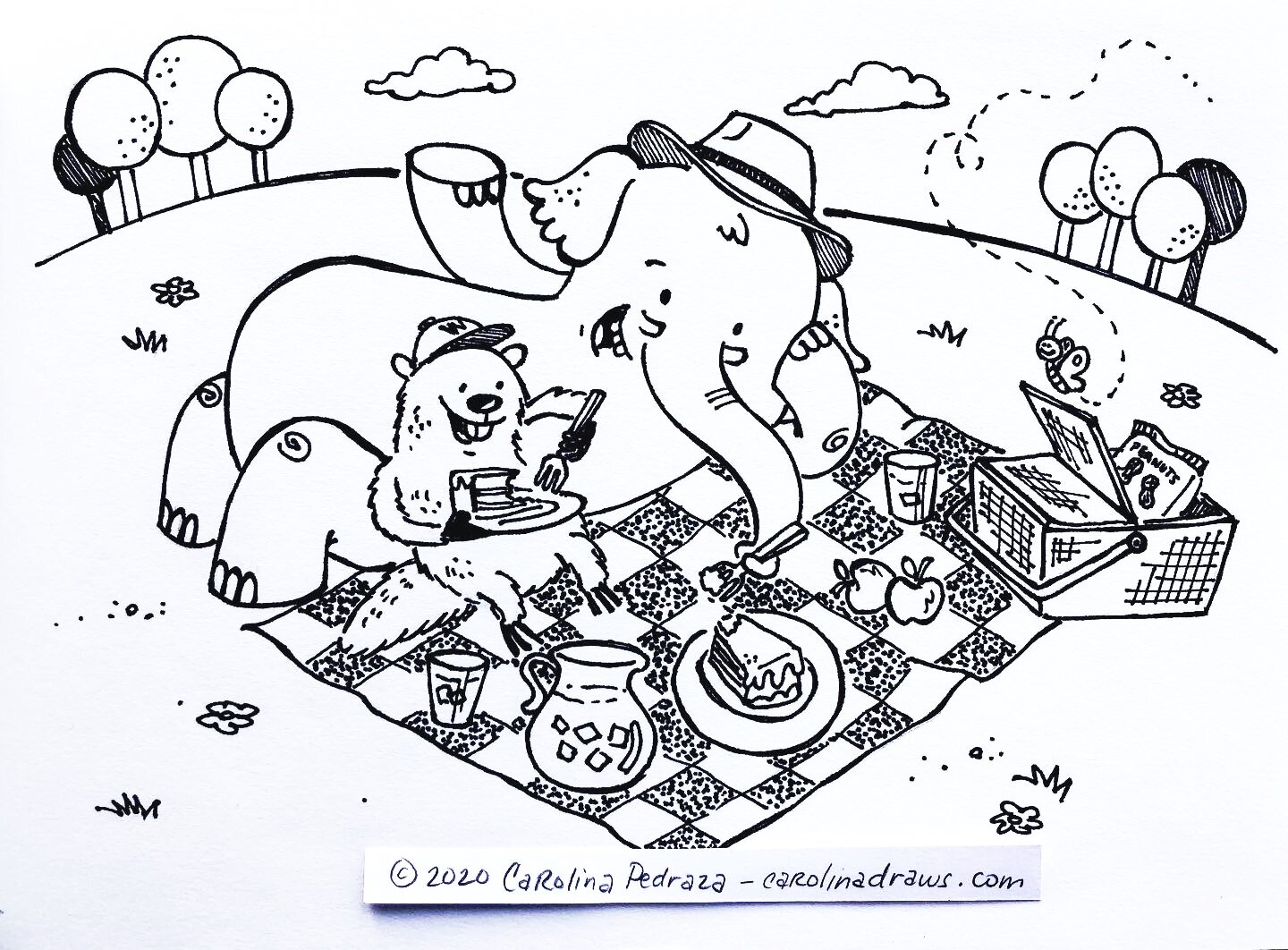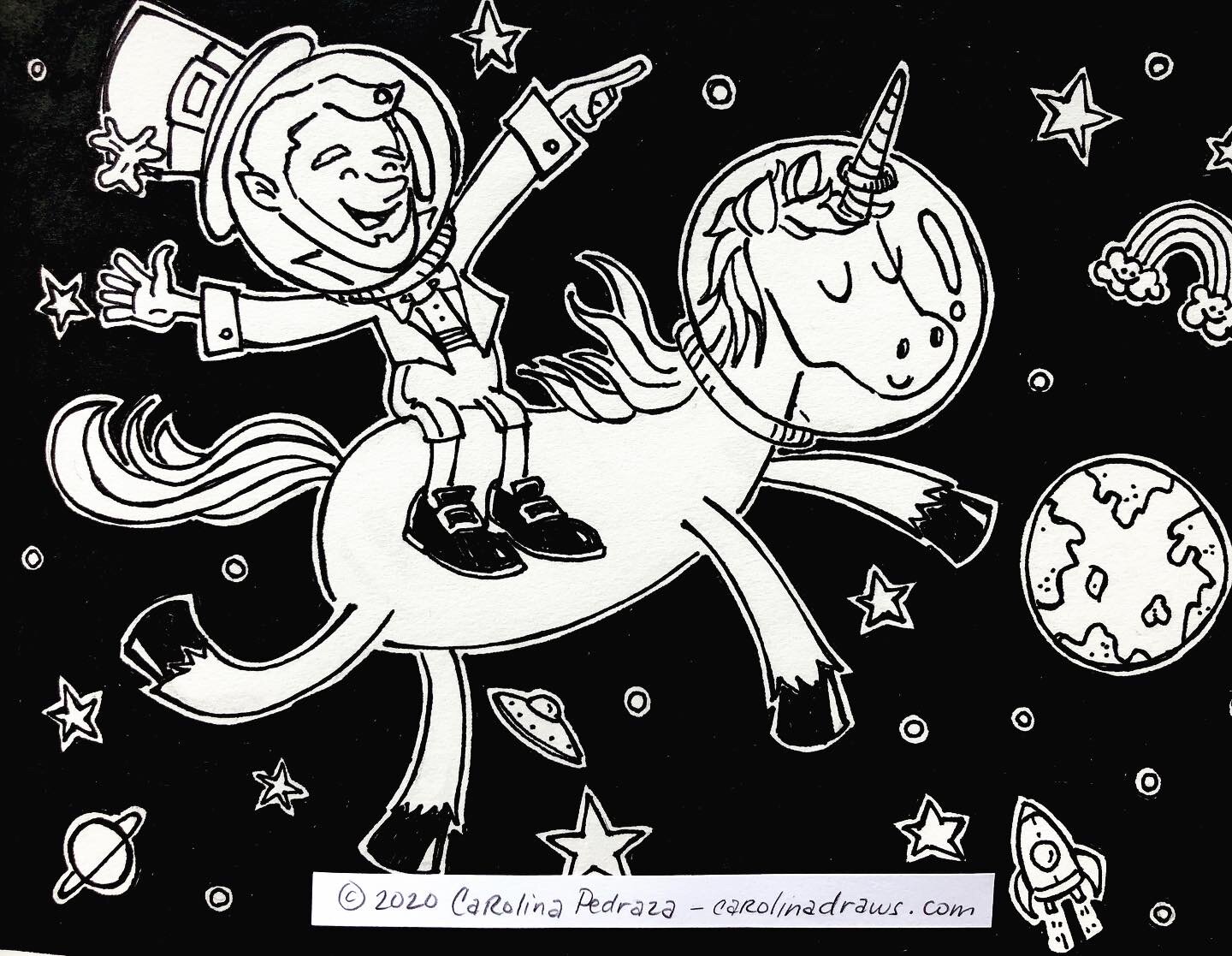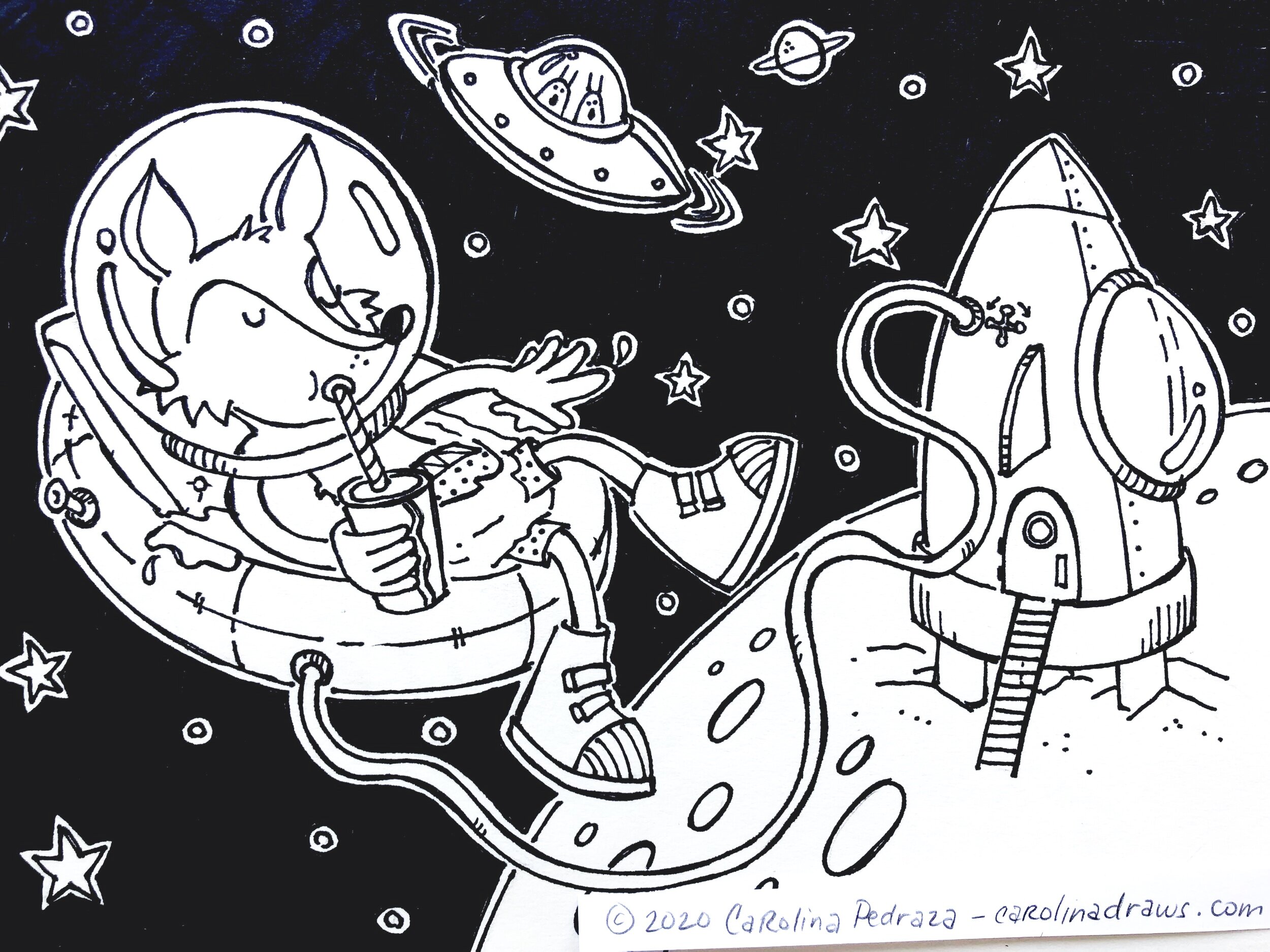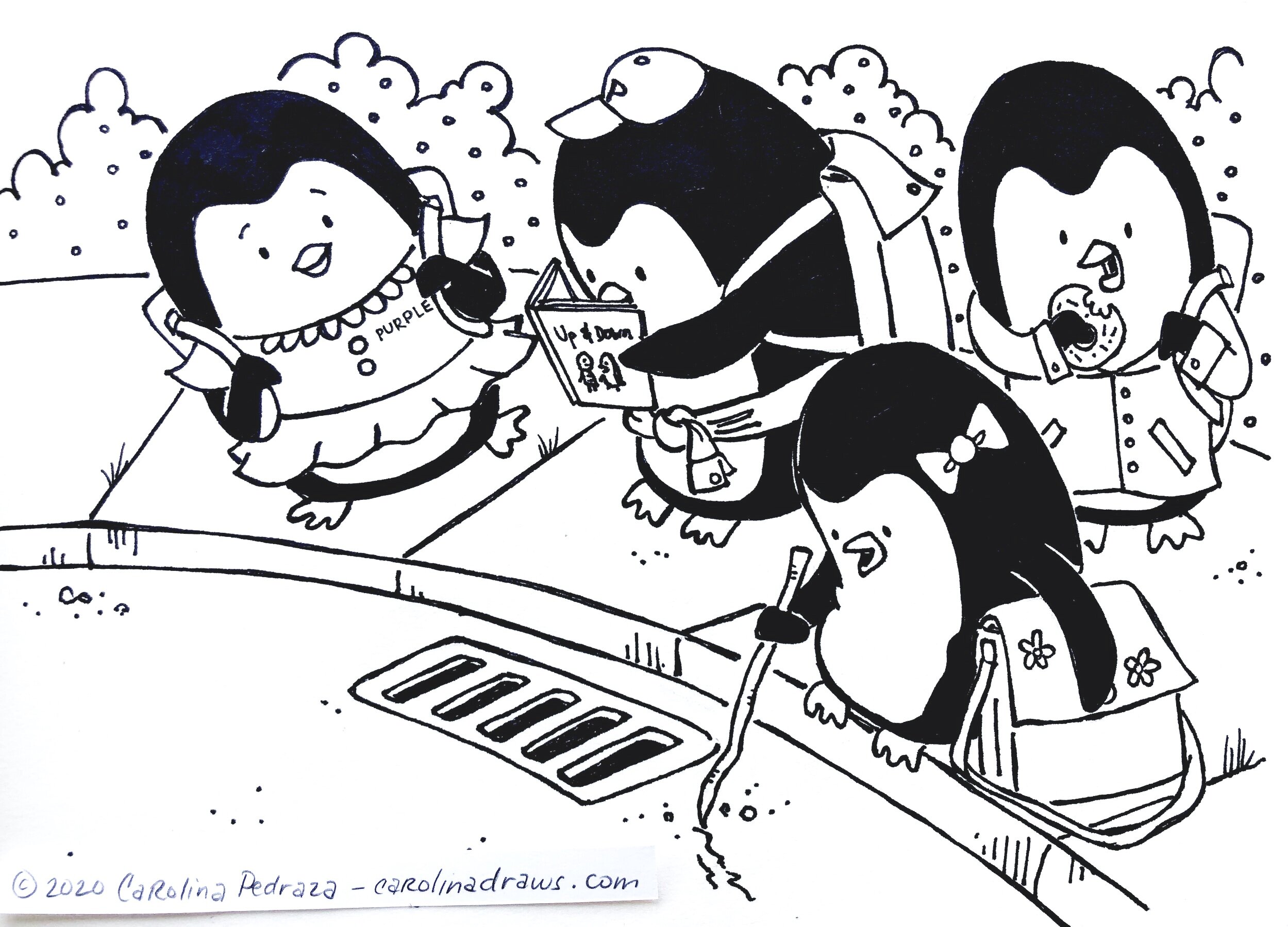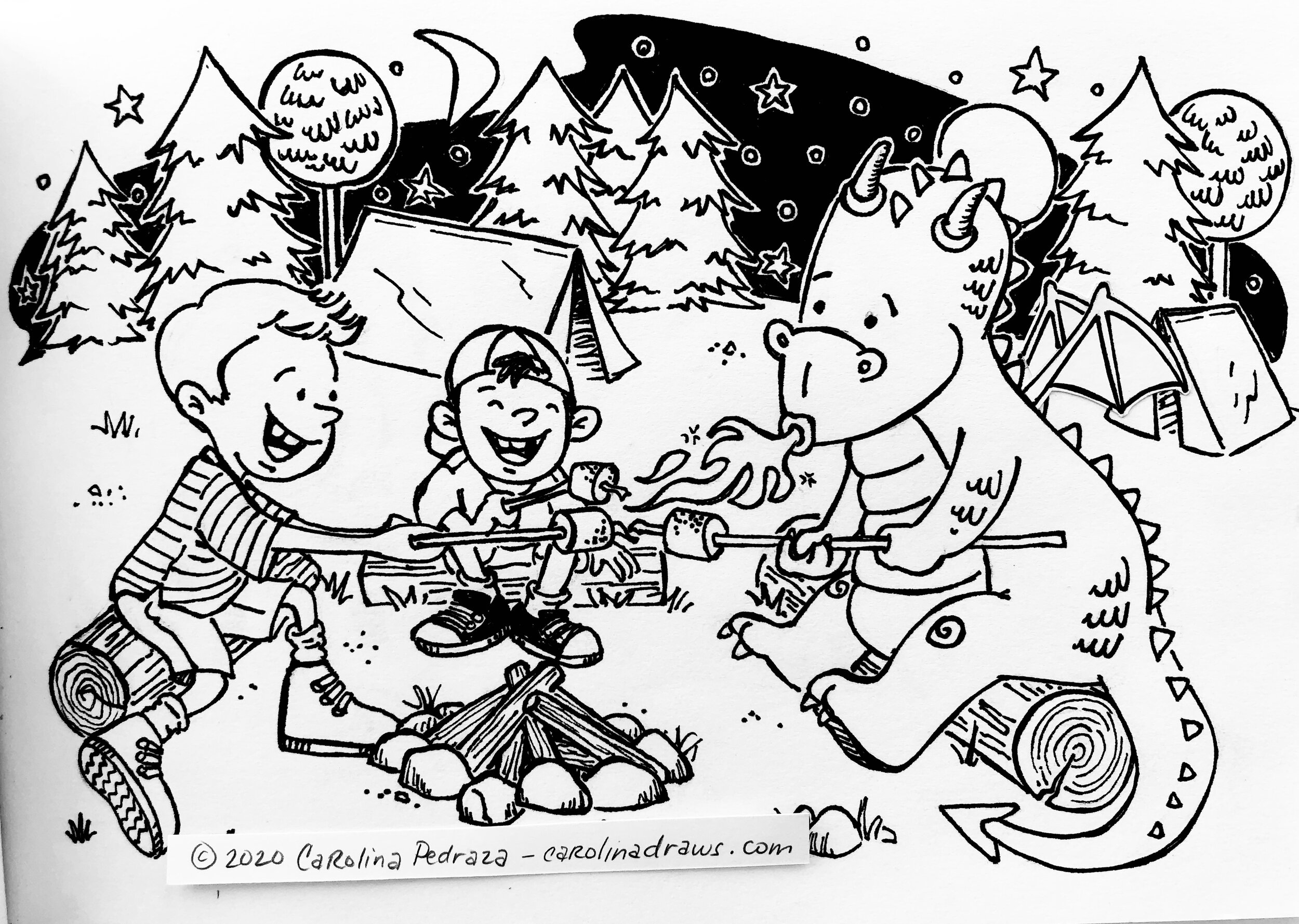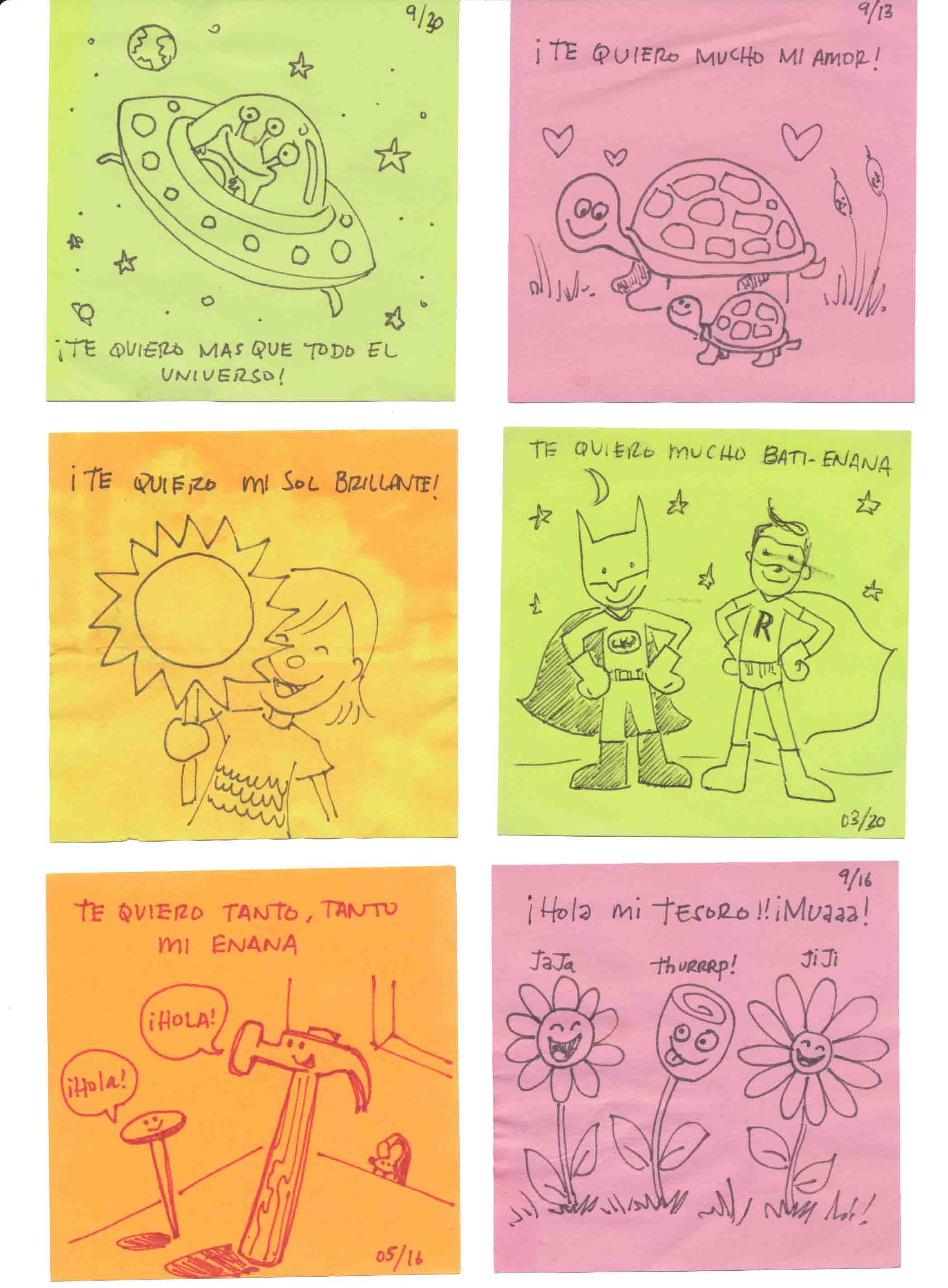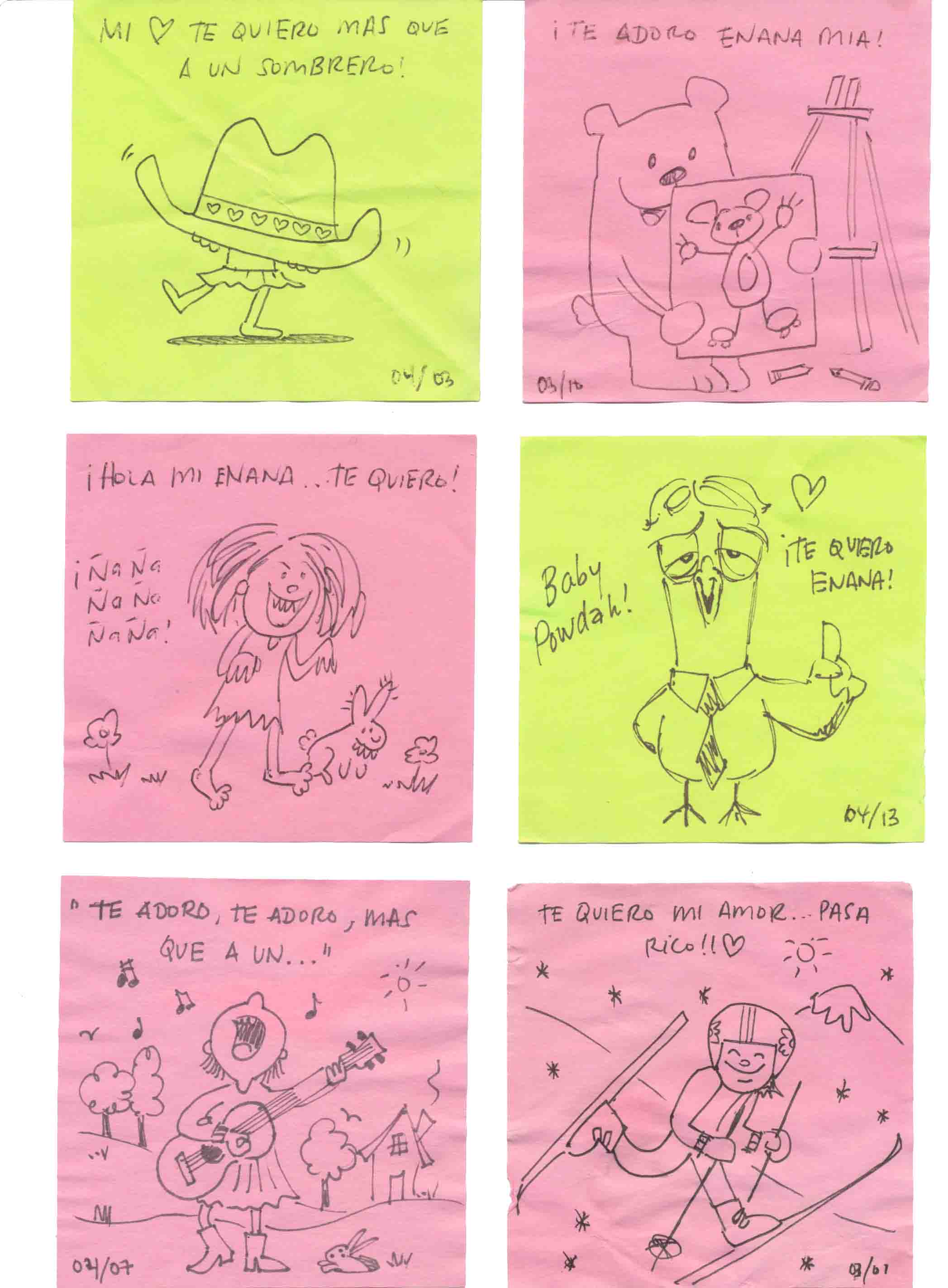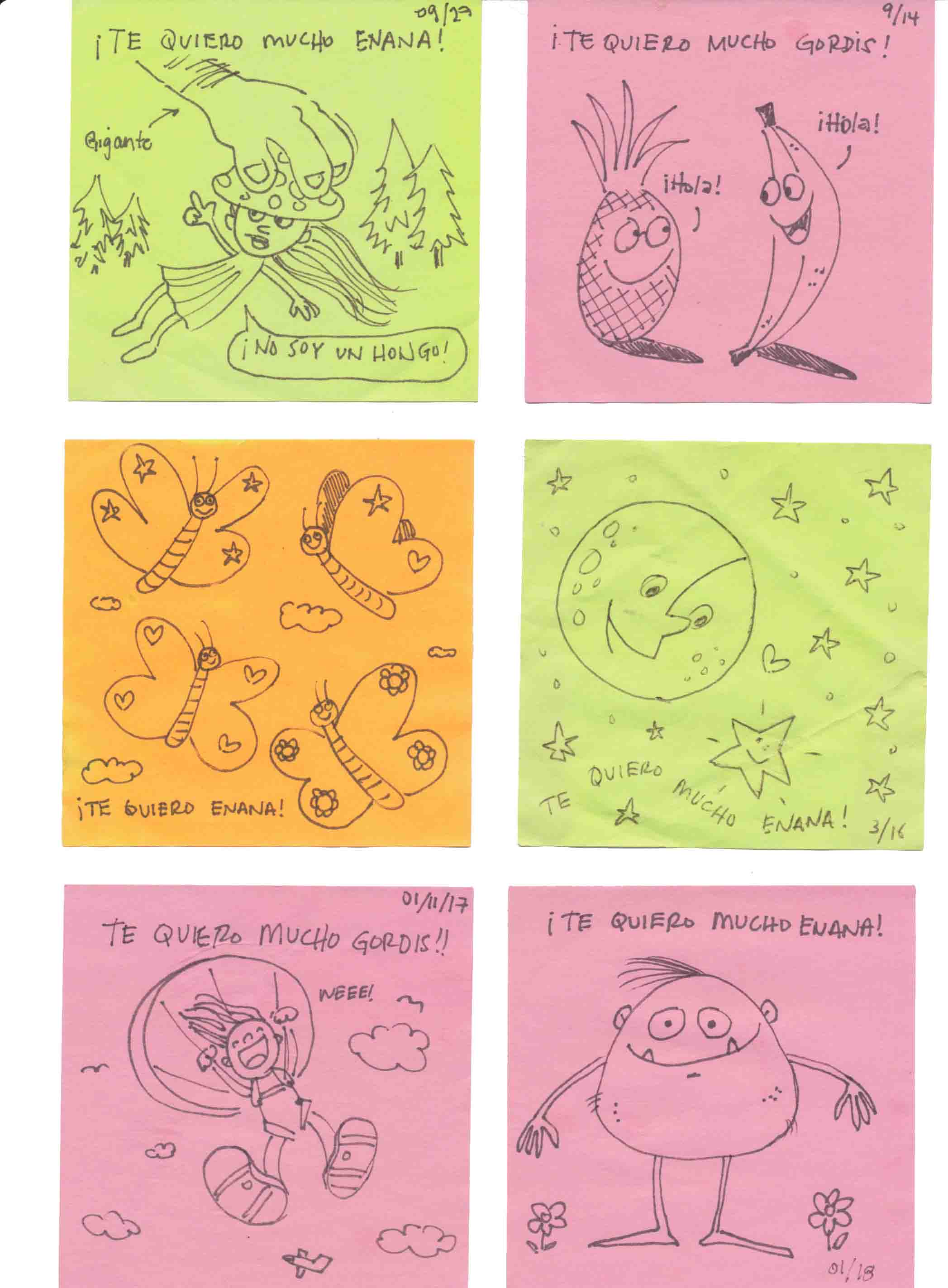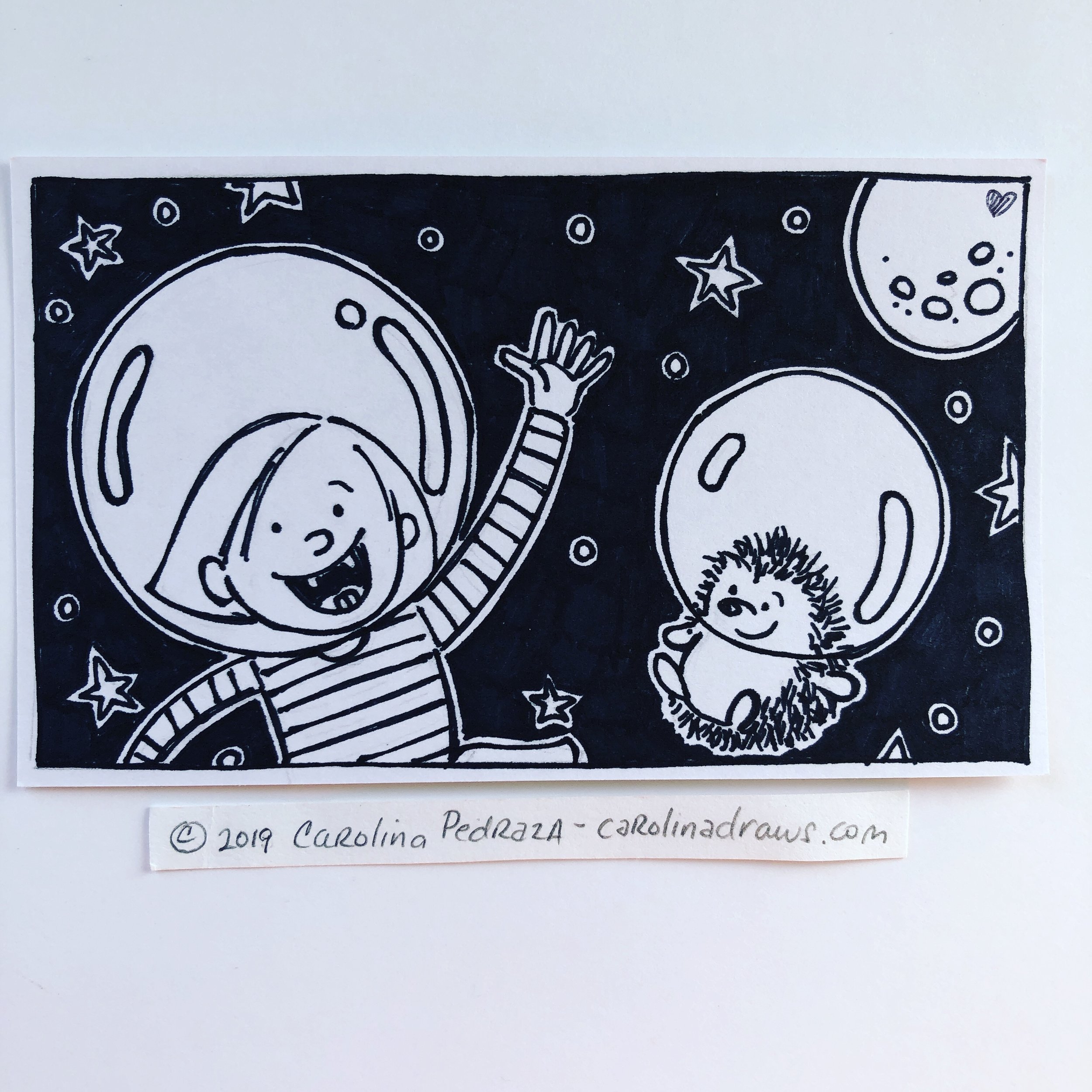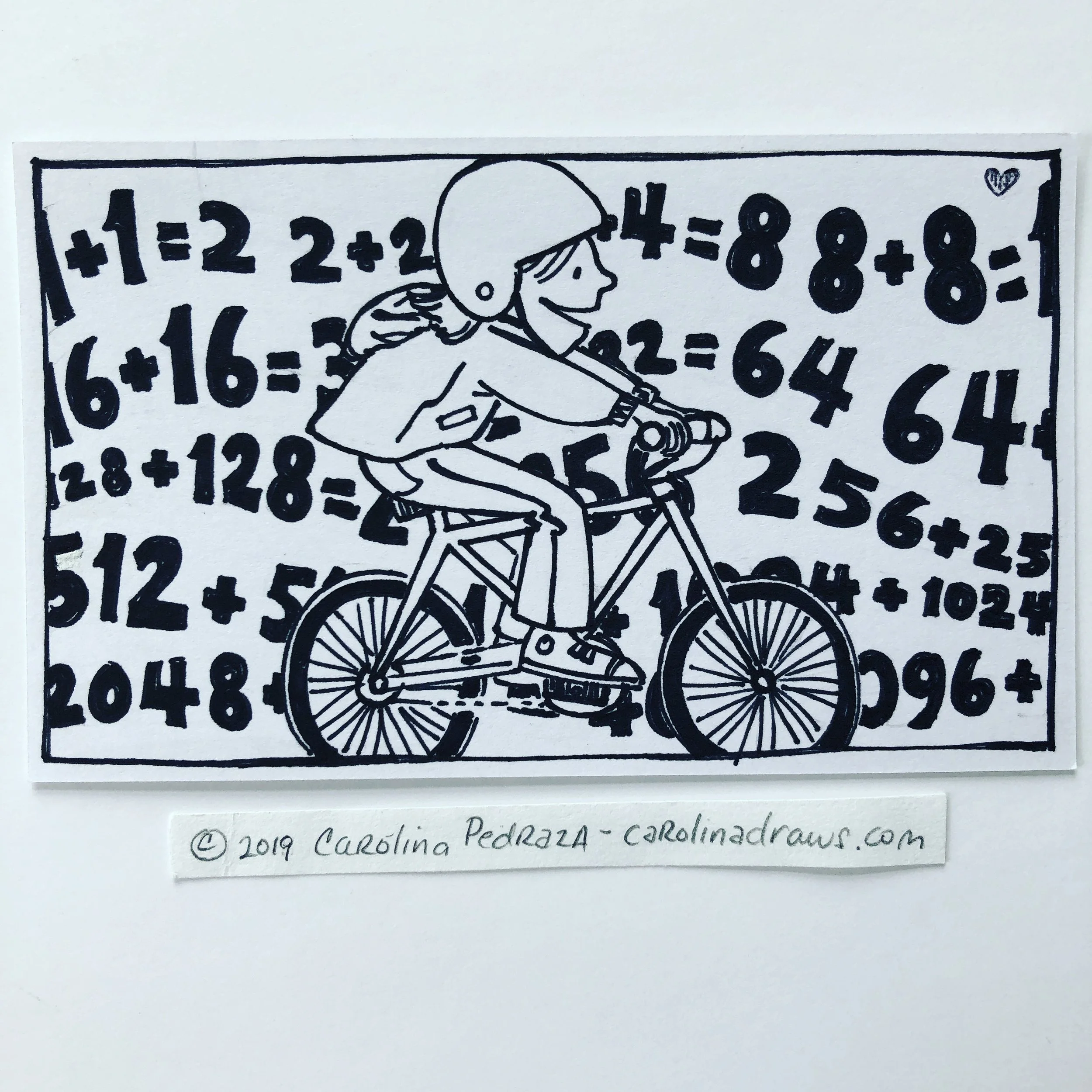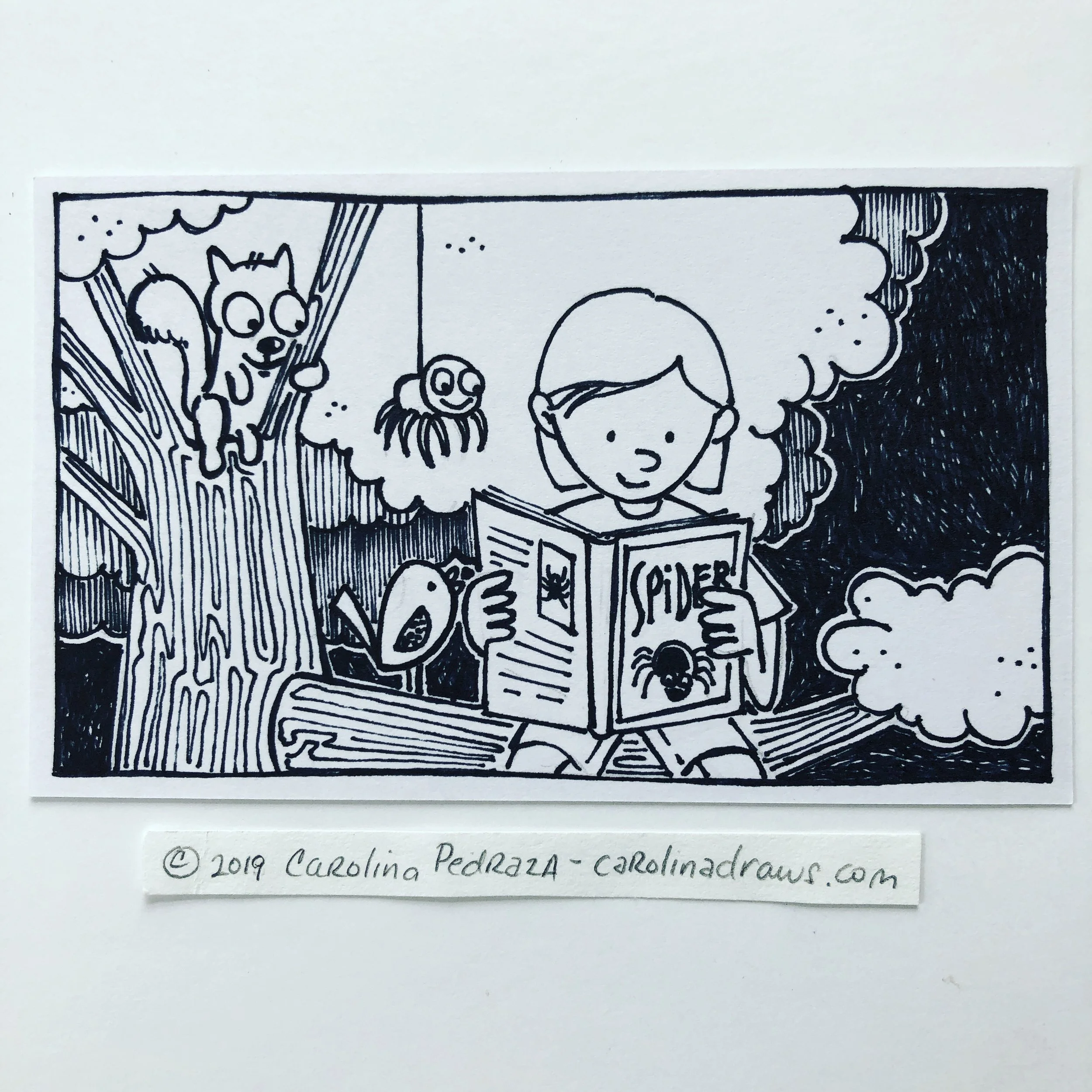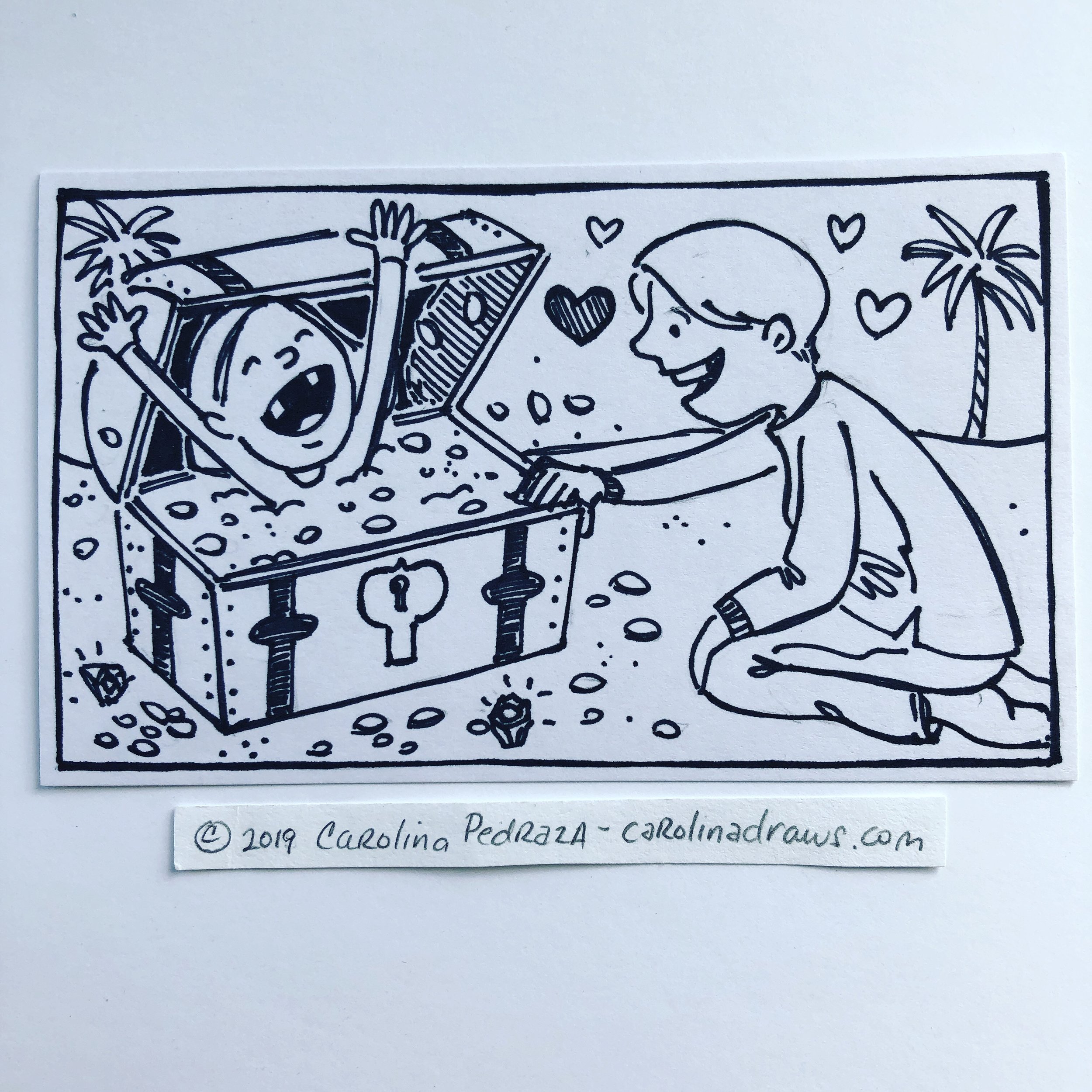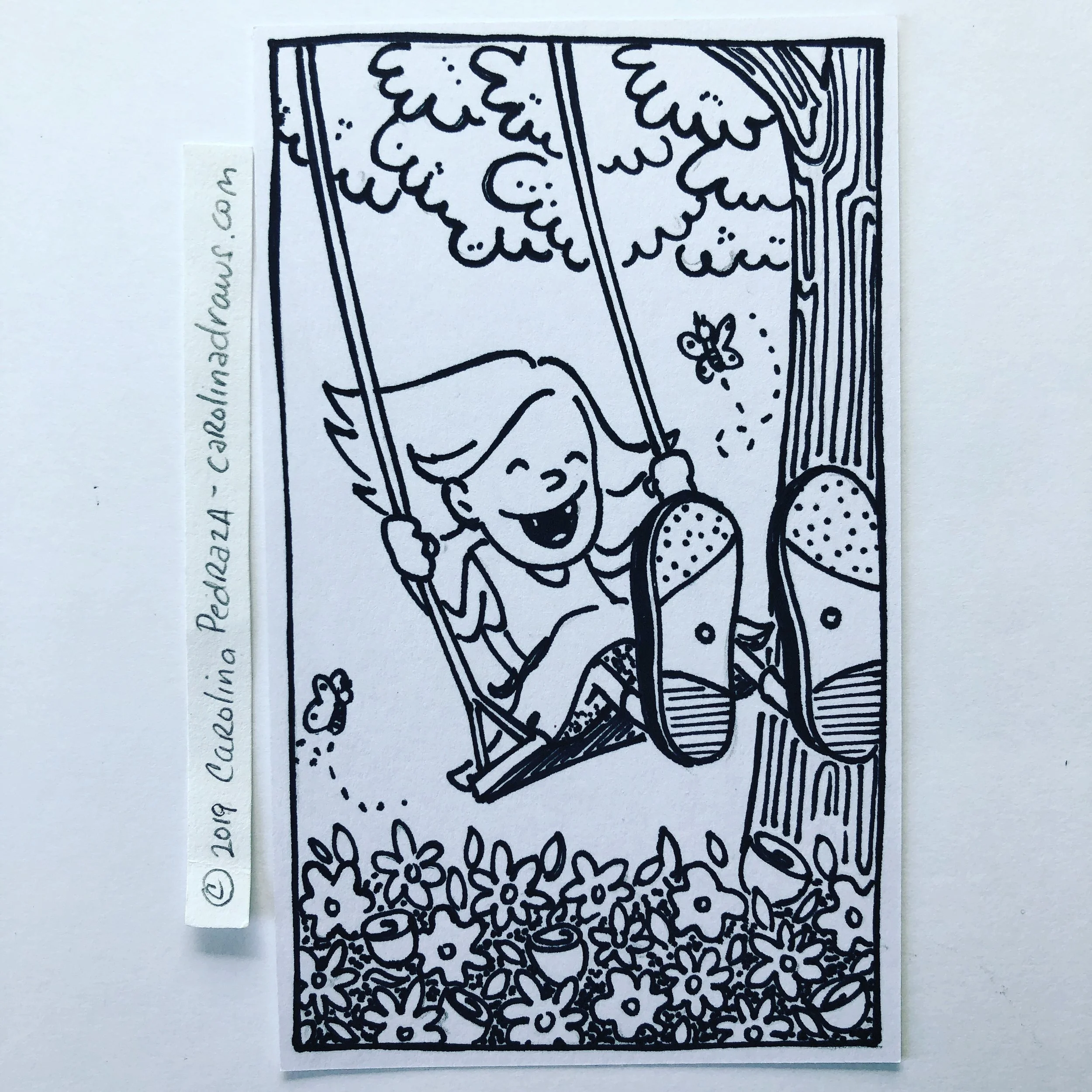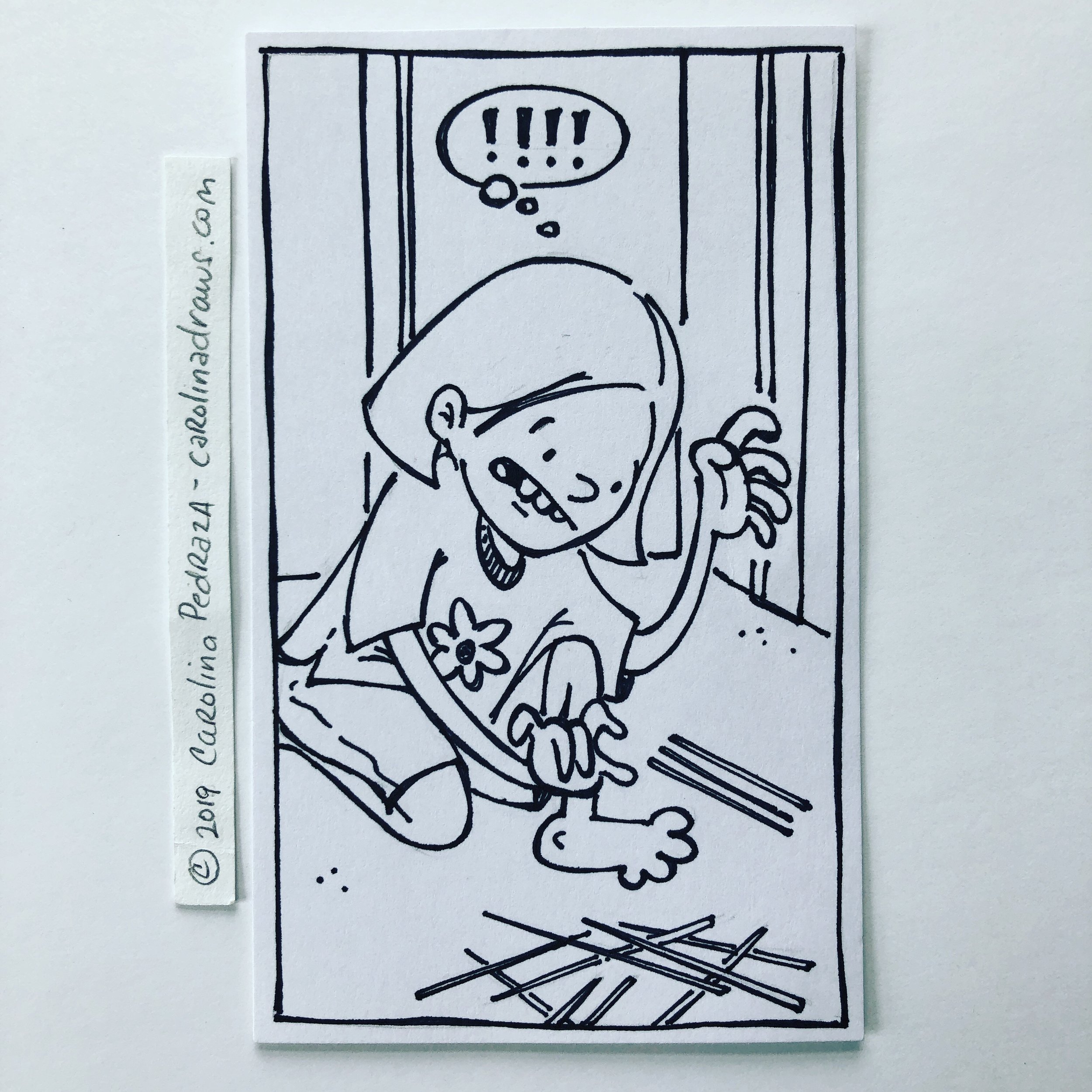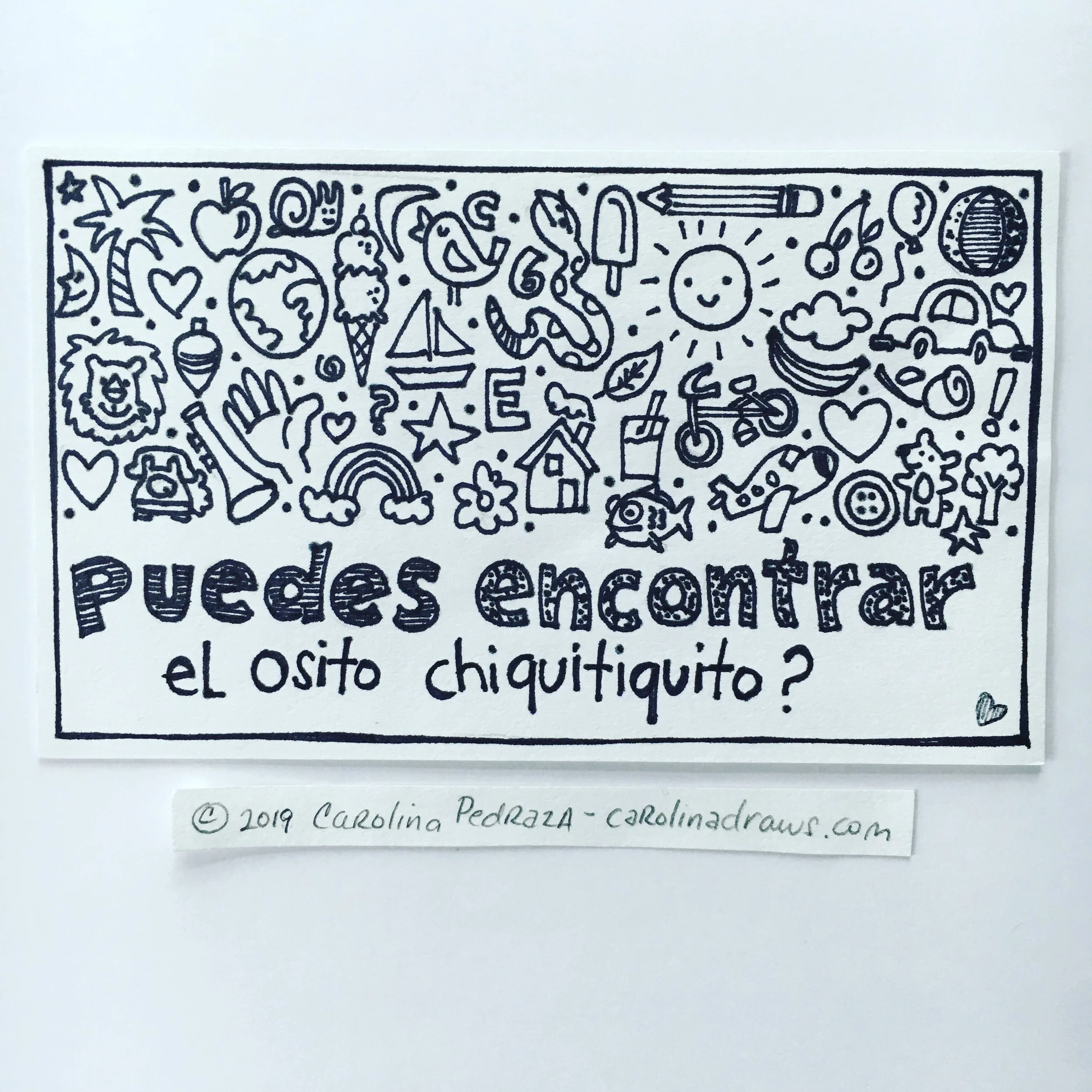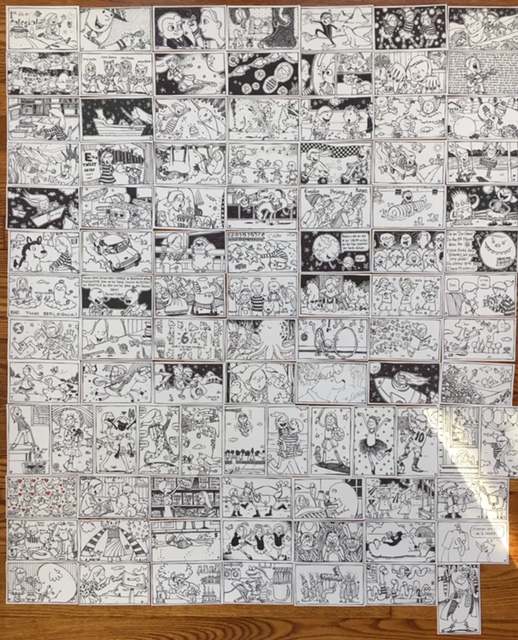When I was taking the Writing for Children Certificate at the University of Washington from fall 2016 to spring 2017, one of our assignments was to research agents. At the time, looking for potential agents seemed so far into the future that I took it seriously, but the stakes were not at all high. I wanted to complete the assignment and make it worthwhile, but at the same time, nothing was riding on who I chose. I'm not even sure how I found the agency and agent I did back then, but the funny thing is that she now occupies a space on my agents-to-query list. So, I must have done a better job than I thought at finding someone I considered a possible match. After that exercise in spring 2017, I didn't think about agents all that much because I wanted to focus on actually writing (and illustrating) so that maybe I'd have a need to find an agent some day.
Well, it is now spring 2018 and "some day" has arrived. Since the agent assignment, I have finished the Certificate, started a critique group (with 4 classmates from the UW program--I will write about that in another blog post), started working a few hours a week as a Kindergarten, library and fourth grade aide, have worked on several manuscripts, made three dummies from three of my most polished manuscripts, and have worked on sample art. And so the time has come (in my humble opinion) to start seriously considering querying agents.
A few months ago, I began making a list of agents by doing some Google searches with phrases such as: "top literary agents children's books". That brought up links to blogs like Darcy Pattison's. Every year or so she comes up with a Top 20 List of Top Literary Agents based on her research of who has sold the most titles.
Here are a couple of other links that helped me get started:
Great! Storybook (Nov 2015)
The Children's Book Academy (Aug 2014)
I spent some time compiling a list of agents who mentioned in their profiles that they were seeking picture books and author/illustrators. A couple of months went by, during which the list sat quietly in my folder. Recently, I learned that in the world of agents, an "open for queries" status can change in a matter of only a few months. So just because I had my nicely typed list, it became critical to double-check each agent for their current status. A good place to do this, apart from the agent's profile in the agency's site, is Query Tracker. On this site, they make it very clear in red type if an agent is closed for queries. I figured out pretty quickly that checking there first gave me the green light (or not) to continue with my more extensive research on a particular agent.
I have read from several sources that a smart approach to sending out query letters is to send them in batches of 5 to 7 at a time. Not more than that. I have come to terms with the reality that I will have to do many batches, as I've also read that it will likely take querying around 100 agents before I actually find one who will take a chance on me. This process is not for the faint of heart or for the thin-skinned! It's for the hard-working and the hopeful!
The reasons for small batches, as I understand them:
- I have a much better chance of personalizing my letters: I know I should absolutely try to do this; and it doesn't mean only using the agent's name in the greeting. It means trying to connect with a particular agent from what I found out about them and their agency in my research. Writing individual letters is only possible if I concentrate on a few agents at a time.
- I discover that my query letter needs revising: I don't want to reread my letter after I've mass mailed about 100 agents, and realize that my letter is not actually doing its job of describing my story or me. It will probably be wise for me to revise if I haven't heard back after 4 to 6 weeks and send queries to a new batch, and see how that one goes! "Keep Calm and Query On!"
- My manuscript needs more work: if I were very impatient (which I don't think I have been) and didn't workshop my manuscript enough, or didn't put it away in a drawer for a couple of months after several revisions, as many suggest, I may reread it (after having mailed it out to every agent out there!) and kick myself when I see a bunch of changes I could've made.
- As the ad copy for Botany men’s suits (1966) used to say “You never get a second chance to make a first impression”: Most agencies state that if one agent doesn't accept your MS submission, you should consider it an agency-wide rejection. To please not submit that MS to another of their agents, even if you've revised it. Smaller batches guarantee that I won't mess up big time. Better to strike out with a small batch than a huge one. Another thing I've learned along the way is that there are a lot of agents out in there! Sure, as in every field, some agents are better-known, but there also have to be many great ones who are not as known.
I would be lying if I said that that I haven't felt overwhelmed with regard to this process more than once...or many times. But I finally told myself that feeling overwhelmed wasn't going to get me anywhere soon, so I began my Excel sheet (I actually use Numbers for Mac) and started drawing up a list of a few agents that are now my "first batch".
The one thing that has me a bit befuddled is the suggestion that I should not necessarily choose my "top choice agents" (brings back memories of college applications! I wonder if I can also speed up the process with a request for "early decision"?) for my first batch of query letters. I don't know much about agents to begin with, even after extensively researching many of them, let alone try to rank them based on something other than having a "feeling" that some might be a better match than others. I guess that would be reason number 5 for not making that "top list" your first query batch: you don't want to run the risk of messing up with the ones you most want to impress? (Did I mention that this process is overwhelming? Always remember: you're not alone about feeling this way. It's guaranteed to overload your noggin!). I still don't know how to fully figure this one out, really.
Here's what I've been doing to gather enough information about my first group of agents. I swear that this part of a writer's life is so time-consuming I could spend a year just doing this very thing, and not writing a single story. I have to admit that I enjoy this kind of information gathering, so as Kirby Larson once told me when I asked her "when do you know you've done enough research for your historical fiction?"...she said that research can be endless, but at some point you can just call it procrastination! Ah! There's a quote that says: "I put the Pro in Procrastinate!" I resemble that remark! So in conclusion: know when to stop, use what you've learned and move on to the next agent, or on to actually writing your query letters.
These are the places where I have been looking online for information about agents, and taking notes:
- Query Tracker: I find this to be the most useful to check if an agent is open for queries or not. That said, I'm sure it's useful in a myriad of other ways that I have yet to discover.
- The agency's website: most agency websites have a separate profile or bio for each of their agents. Many times these profiles will also include an agent's wish list, but not all of them do. Make sure you check out the "Submissions guidelines" page where you will learn what exactly to include in your query letter, what to send, if the agency accepts submissions by email, or if they have a query form you must fill out, or even if any or all of their agents are closed for submissions. Note to self: follow these guidelines to a tee.
- Publisher's Marketplace: a good source of information about agents, their twitter handles, a list of clients, wish lists, and also information that mirrors the one on the agency's website. Again, there's probably much more, but I haven't dug deep enough!
- Google search: the results are mostly interviews or guest posts on author blogs; sometimes posts where readers have a chance to submit to that agent for a limited time; still other links might take you to an agent's website--some agents are also authors, which is great! What's nice about these interviews is that they tend to provide more personal information, not only professional.
- Social media search: I have often read how important it is to follow agents on Twitter to get a better sense of their voice, to read if they are sharing wishes for submissions, and to know who and what they are following themselves. On Facebook, I only request a connection if what I can see of the agent's Facebook page focuses on promoting kid lit topics, client books and other people's books, photos from conferences and expos, or their agency. If it looks like it's solely a personal page (or there are too many cat photos) I stay away from it. Better to "Like" the agency's page instead. I'm relatively new to Instagram, and although I have found agents with accounts, there are some that have accounts but are not posting...that doesn't mean they are not following others, though. Instagram is a great place for me to discover other illustrators. So that's the extent of my social media socializing! I'm an introvert by nature, so having added Twitter and IG to my daily routine of Facebook checking makes me feel like an electronic social butterfly. It's fun but mentally exhausting!
- Manuscript Wish List: a site where you can search for agents, and read their wishes for the kinds of manuscripts they want to receive in their inboxes. Not all the agents you search will appear (agents have to join to add their information), but sometimes through searches articles will pop up as options, and you might get distracted once again and read them instead of continuing your search. It's okay. As long as you're learning new stuff! (at least that's what a friend has told me could happen!) Also, look for #MSWL to find agent wishes.
I would estimate that it takes me a half hour to 45 minutes (maybe up to an hour--depends on the person) to get through researching one agent. Yes, I'm sure I get distracted frequently along the way ("Squirrel!"), but I want to make sure I have enough information to give me a sense of that particular agent, and to find out if there are tidbits that will provide me with any insights, common ground or shared interests.
During all this sleuthing, I have not hesitated to ask questions within a few communities I'm part of on Facebook about things I don't understand about the process of querying: KidLit 411, Storyteller Academy, or my chapter of SCBWI. If you've heard that the kidlit community is very supportive, you heard right. People are always willing and happy to share their insights and experiences, so go ahead...ask away!
Now that I have notes on 5 to 7 (or 8) agents who might be open to the type of stories I write, and with whom I think I could have a good working relationship, I celebrate a little, but I know this is not over yet! It's not a sprint, it's a marathon, or more like a 100K trail race up steep rocky mountains with lions and tigers and goats waiting to chase me!
Now it's time for me to take these notes and put them to work in my impressive, intriguing, awe-inspiring, mind-blowing query letters! (No pressure...whatsoever! Yikes!) But writing the query letter is a whole other blog post and...Look! Over there! It's a mountain goat! "Bleeeeeeh!" Run! And wish me luck!
ps. If you have read this whole thing and have additional suggestions based on your own agent search experiences, or have any questions, send me a message using the contact page.
pps. You might also find these links useful:
Author/illustrator Debbie Ridpath Ohi, (@inkyelbows) has created several Twitter lists that I found just the other day, and will come in handy when you want to find agents and editors to follow:
Agents kidlit/YA List and Kidlit/YA Editors List
Agent Query
Writer Beware
Thumbs Down Agencies List
Please remember that any use of materials on this website, including reproduction, modification, distribution or republication, without the prior written consent of Carolina Pedraza, is strictly prohibited. Thanks!

